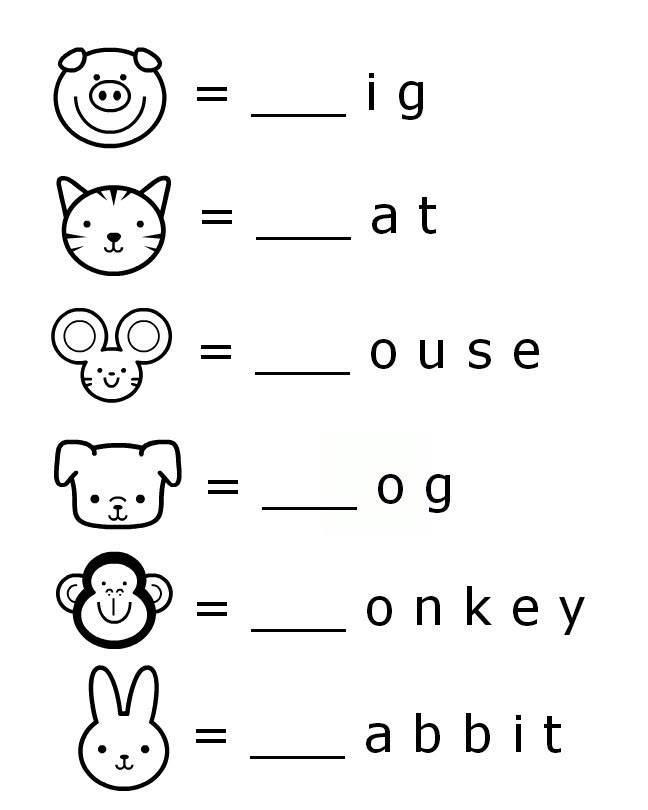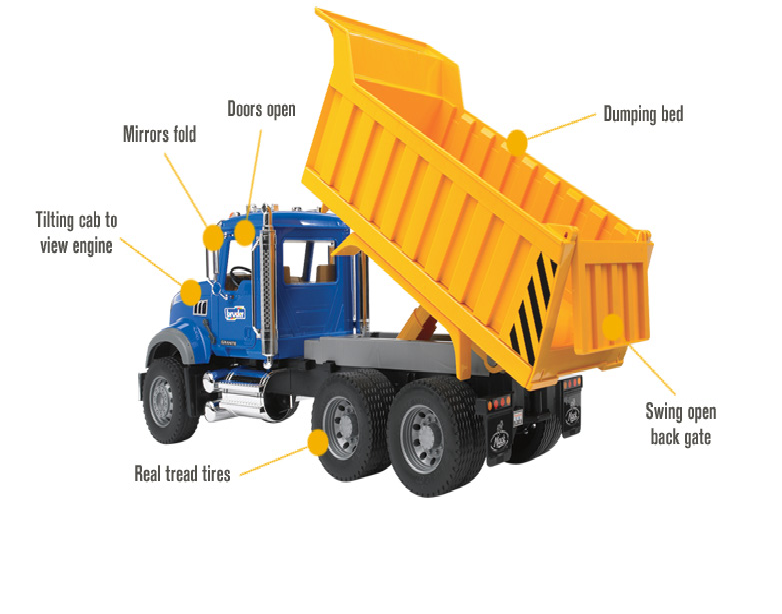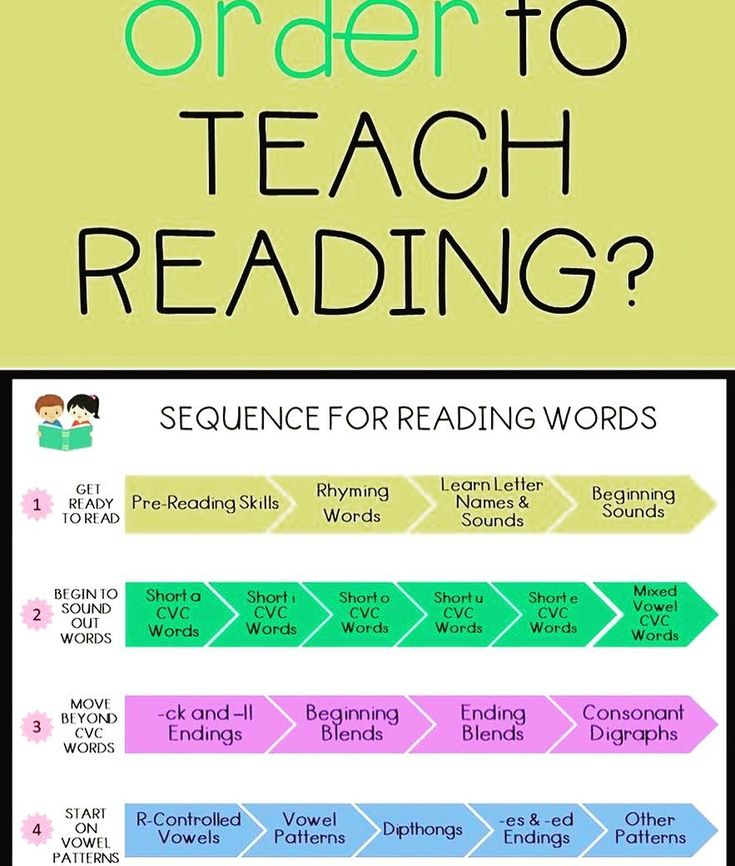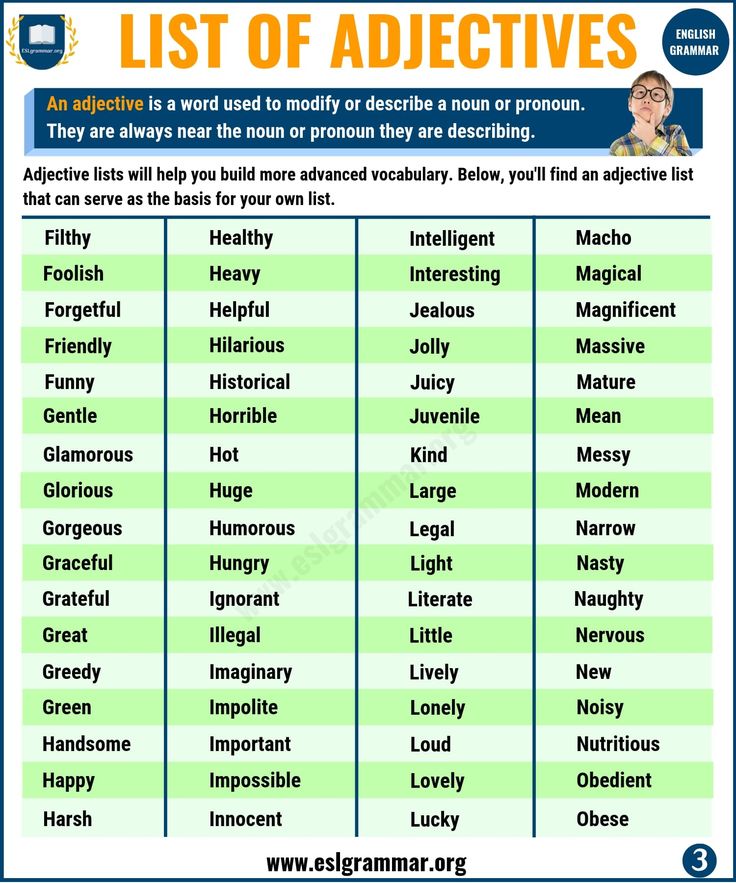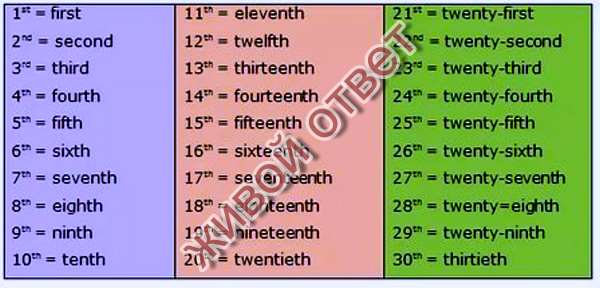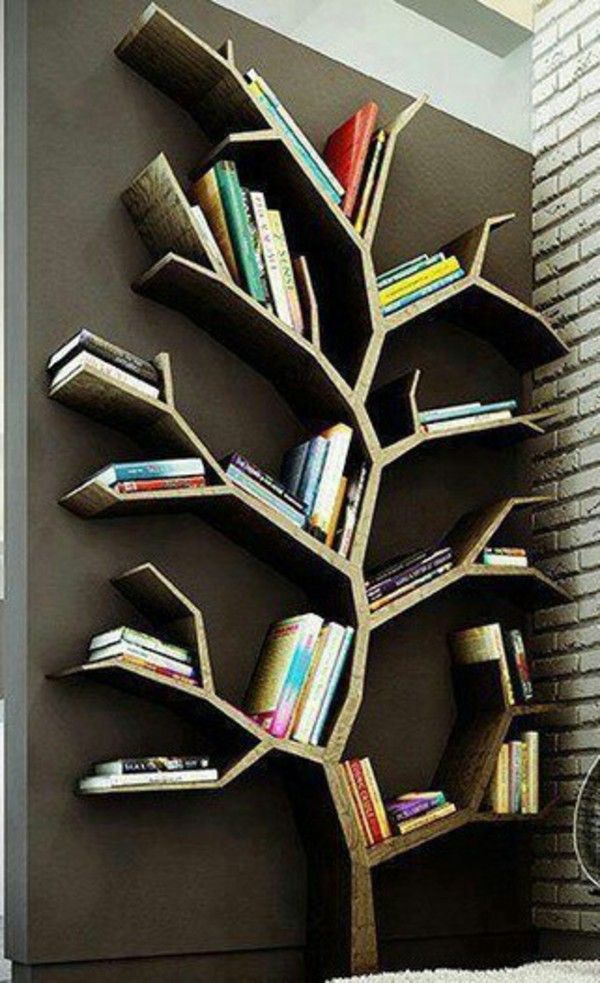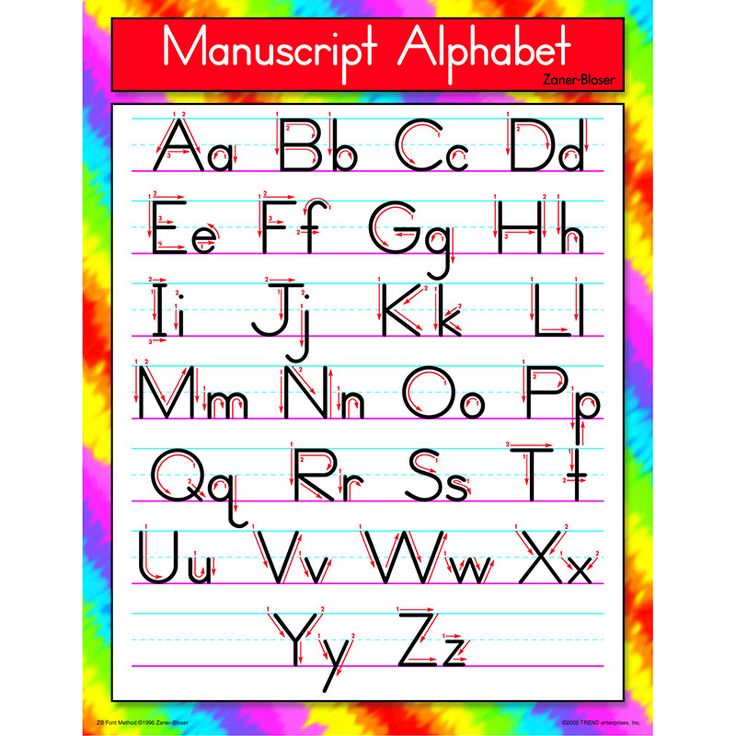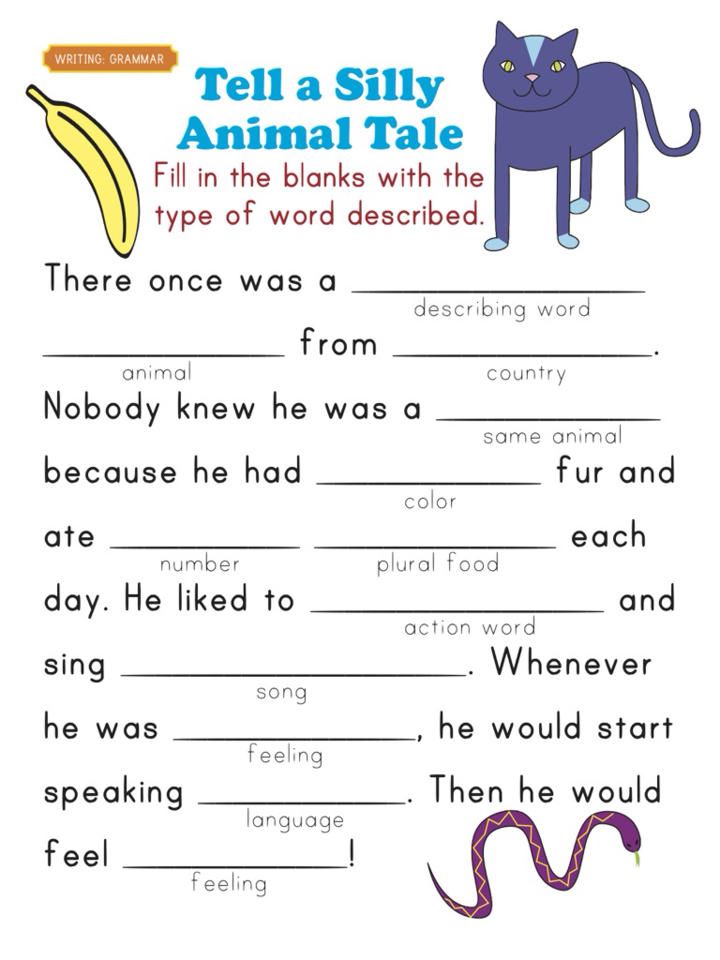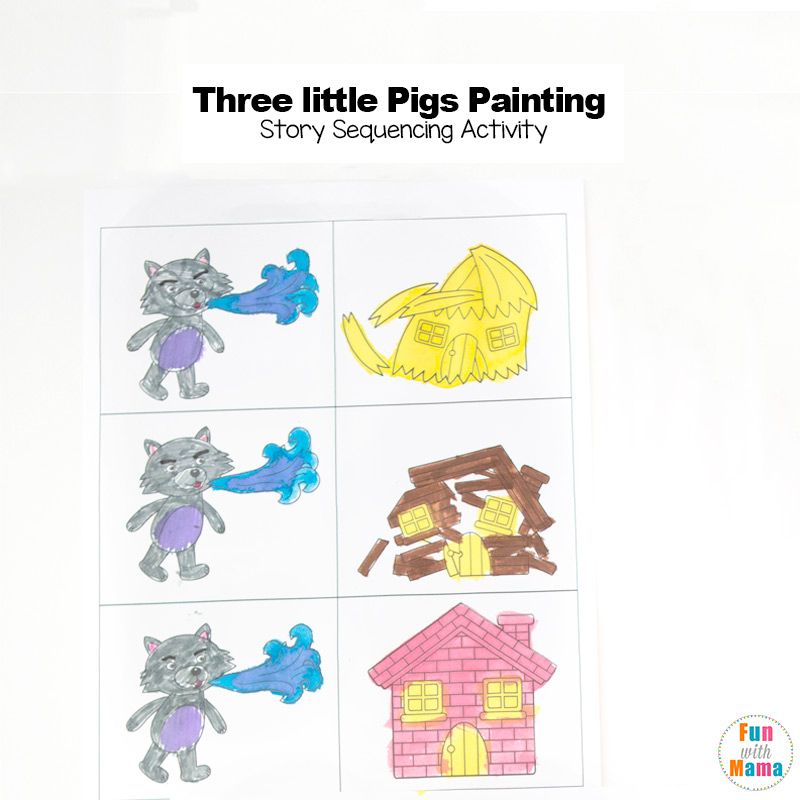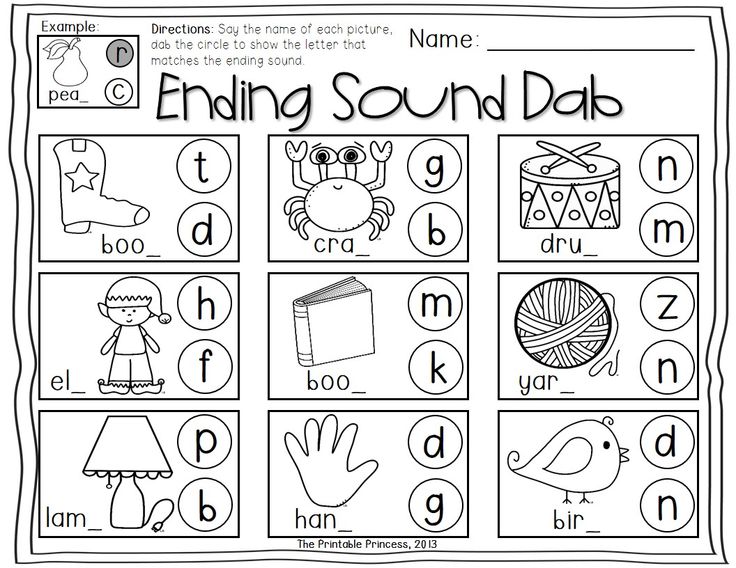Fun letter activities for preschoolers
26 Easy, Fun Alphabet Activities That Give Kids the Practice They Need
Alphabet activities make learning your ABCs more fun. There are so many ways to practice your ABCs, you might be able to do one alphabet activity a day for a year without repeating. We’ve gathered over 25 super fun alphabet activities so kids can play and learn every day.
1. Write letters on dried beans
Large dried white beans are inexpensive to purchase and easy to write on. Grab a sharpie and write all the upper and lower case letters on them. Then put each set in a pile (or baggie) and ask your kids to match them.
2. Letter sort with sticky notes
Write individual letters on sticky notes and then place them all over your house or just on every stair in a staircase. This practice game has a lot of variations—all tied to sorting. Ask kids to sort by:
- lowercase
- uppercase
- letters in their name
- straight lines (H)
- curved lines (c)
- both curved and straight lines (B)
- consonants
- vowels
For even more practice: have them sort their finds into ABC order, match lowercase letters to uppercase letters, and then, find a way to sort them that’s new.
3. Write letters in shaving cream
Squirt shaving cream on a table and let your kids write letters in the cream. Smoothe it out to erase and start again. Bonus: their hands and your table will be cleaner than ever!
ADVERTISEMENT
Source: Rose and Rex
4. Bend letters with pipe cleaners
Pipe cleaners have always been a trusted source of good fine motor practice as well as a fun craft resource. Now use them to have kids create uppercase and lower case letters.
Learn more: make and takes
5. Make sensory ABC bags
This one is great because you can change up what you put in here and even move to sight words. You’ll need a gallon bag with a ziplock top. Add letters written on pieces of paper, magnetic letters, scrabble tiles, or anything else you can think of with letters. Then fill the bag with rice or oatmeal and seal it. Kids dig through the rice through the bag to find the letters.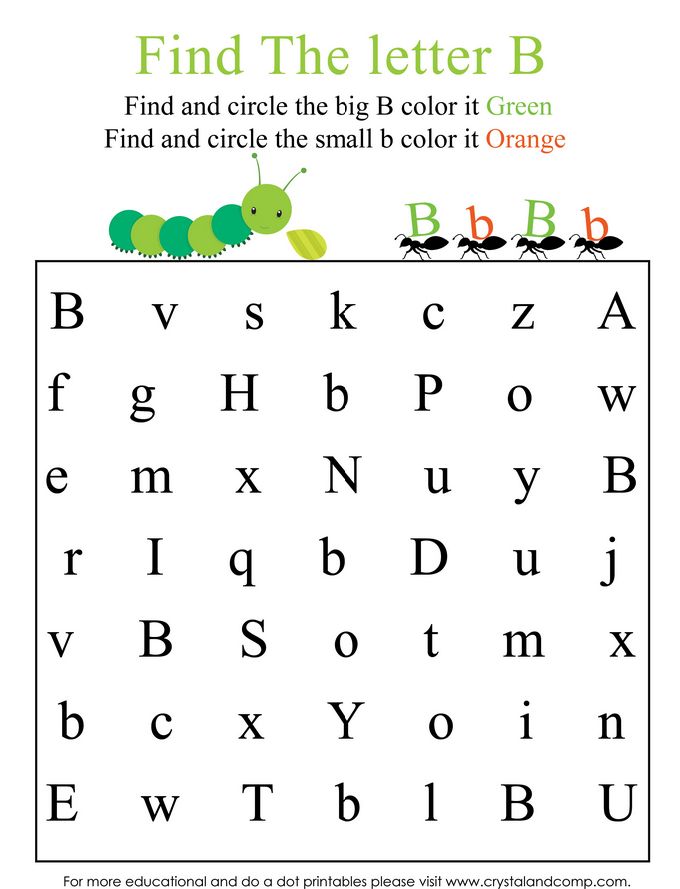 When they find them, they write down the letter they find until they locate all 26 letters of the alphabet.
When they find them, they write down the letter they find until they locate all 26 letters of the alphabet.
For more sensory ideas: Little Bins Little Hands
6. Find invisible letters with watercolors
This is a classic. Using a white crayon, draw letters on a piece of white paper. Give your kids watercolor, let them paint the paper, and watch the letters appear.
Learn more: Gift of Curiosity
7. Play musical alphabet
Set up letters in a big circle on the floor. You can use magnetic letters or just write them on index cards. Put music on and have your child walk around the circle to the music. When the music goes off, your child tells you the closest letter. Expand on it: ask your child to name three things (colors, animals, etc) that start with that letter.
8. Sponge the alphabet
Cut sponges into letters and use them for sponge painting letters or playing in the tub.
Learn more: Learning 4 Kids
9.
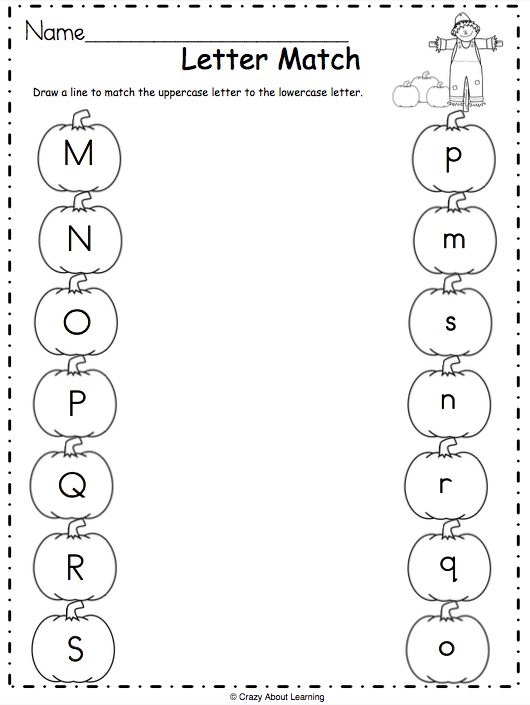 Put together name puzzles
Put together name puzzlesWrite the upper and lower case letters in a name and then cut them apart in a simple zigzag. Mix up the letters and ask a child to match them up and put them in the right order.
10. Make letters from nature
Find the alphabet right outside. Choose natural objects that already look like letters, or arrange them to look like them.
To learn more: Right Brained Mom
11. Eat your ABCs
We know from Alphabet Soup that eating your ABCs is plain old fun. So think of all the ways you can practice the alphabet at mealtime. Pancakes can be made into letters, jello can be cut into letters, and noodles can be used to make letters (just to name a few).
Learn more: Parent Map
12. Go on an alphabet scavenger hunt
The fun part about this for grown-ups is that there is no prep. Tell kids to go find objects that start with each letter of the alphabet. To make this game take longer, designate spots for them to bring each item back—one at a time.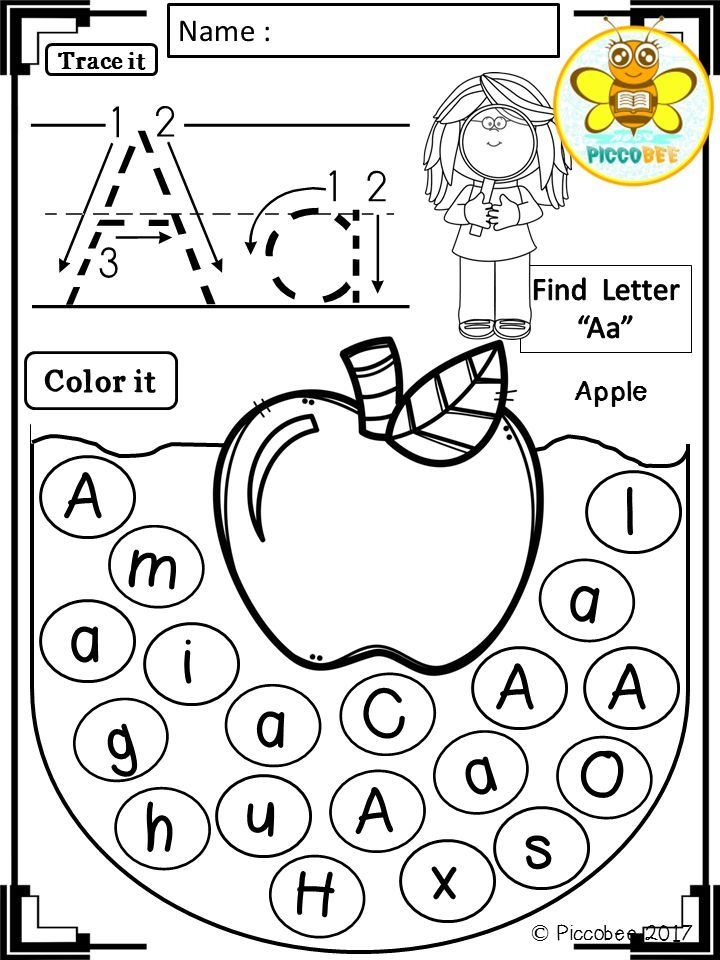 Every item must be approved before they can move on to the next. This allows for fewer meltdowns at the end when an item is deemed inaccurate.
Every item must be approved before they can move on to the next. This allows for fewer meltdowns at the end when an item is deemed inaccurate.
13. Make your own ABC book
Personalizing the ABCs helps kids process and retain their learning. One of our favorite alphabet activities starts by creating a book out of 26 pieces of paper and staples or hole punches and a ribbon. Have kids write an uppercase and lowercase letter on each page. Finally, have them draw or cut out pictures of things that start with each letter. Voila!
Learn more: Teach Mama
14. Create ABC popup books
Use the following tutorial video to learn how to make different kinds of pop up pages. Then, create a page per week for 26 weeks for each letter. At the end, use a glue stick to glue them all together to make an ABC popup book!
15. Stamp letters in playdough
Roll out playdough and push letter stamps right into the dough. This is both tactile and great for practicing ABCs.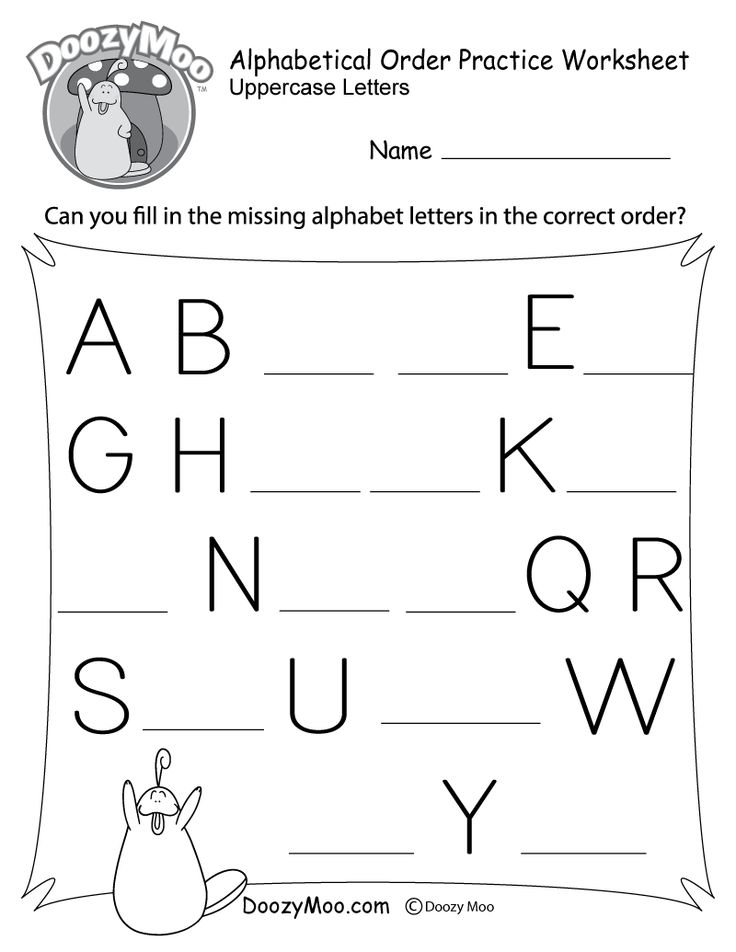
Learn more: I can teach my child
16. Make tactile letter cards
There’s lots of research (and experience) to support the value of using all the senses to learn. Making these tactile alphabet cards will be fun and have lasting benefits.
Learn more: All About Learning
17. Trace letters in spices
This one combines touch, smell, and sight. It gives you an opportunity to talk about what we uses spices for as well. Put the bottle in front of a child and have them write the spice name in the spice to make things a bit more challenging.
Source: Frog in a Pocket
18. Study a letter of the week
Many PreK and Kindergarten classes do a letter of the week, and for good reason. Teachers all share that instant recognition of letters and practice writing them is so important for learning to read. Doing alphabet activities for one letter each week reinforces knowledge and recollection.
For weekly activities: Preschool Mom
19. Do the yoga alphabet
Show kids this video and take the time to learn each yoga pose. Connecting the mind and the body is great for learning.
20. Sing songs about the alphabet
Everyone loves to sing the alphabet song, but did you know there are lots of other songs to sing that can help you remember the alphabet? Try out this Sesame Street favorite:
21. Draw pictures from letters
Using letters as a starting point, teach kids how to draw. If this is too difficult at first, just write a letter and then draw a picture around the letter.
Learn more: Felt Magnet
22. Highlight letters on a page
Print a page of text or grab your favorite magazine and a highlighter. Ask kids to highlight as many of one letter as they can find. This is also great for sight word recognition.
Here’s a freebie from The Inspired Apple to get you started.
23.
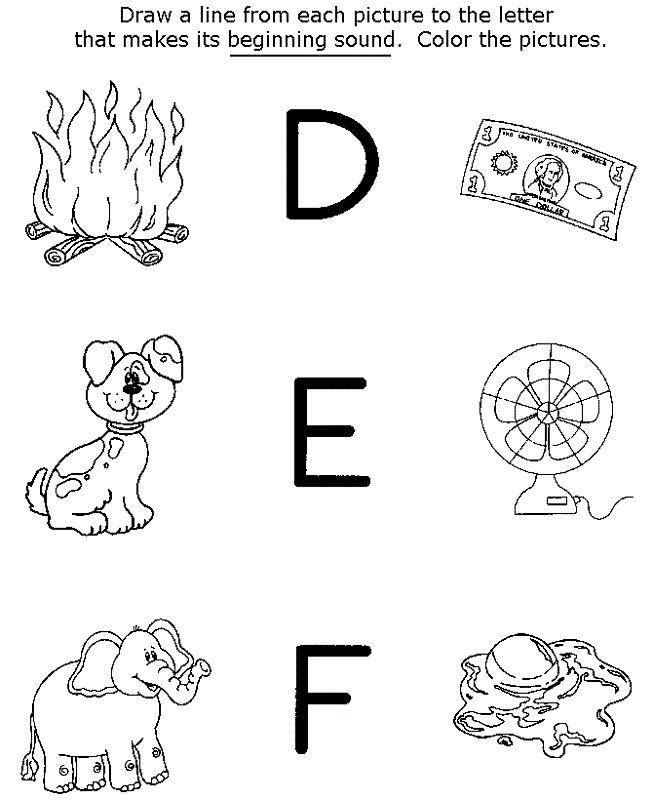 Do-A-Dot letter tracing
Do-A-Dot letter tracingThese dot markers make tracing letters more fun and help kids with directionality and remembering how to write and recognize letters.
Free Dot tracing sheets: DTLK’s Educational Activities for Kids
24. Play letter slap
Make 2 sets of index cards with all the letters on them (52 cards in all). Shuffle the cards together and deal them so each kid holds 26 cards. Together each player takes their top card and turns it upright. The player with the letter closest to A wins the hand and takes the card. If two of the same letter are played, the players slap the card. The one on the bottom of the slip wins the hand. The game ends when one player holds all the cards.
25. Match plastic Easter egg letters
Surely you have some plastic Easter eggs hanging around your attic. Use a Sharpie or letter stickers to put an uppercase letter on one half and a lowercase letter on the other. Then separate the two and throw them all in a basket.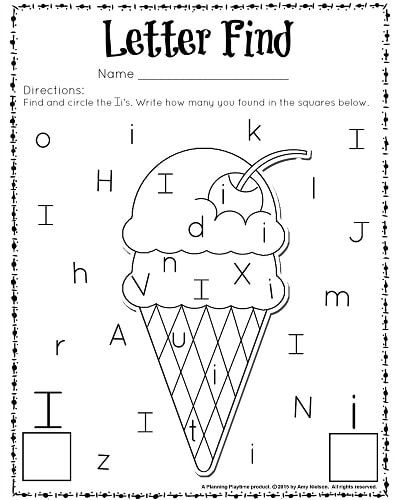 Kids pull them out and match them up. Tip: Add difficulty by not coordinating the colors.
Kids pull them out and match them up. Tip: Add difficulty by not coordinating the colors.
Learn more: Crystal and Co.
26. Create loose part letters
What are loose parts? Loose parts are exactly what they sound like—a collection of loose materials or objects. These can be small pebbles, bottle caps, random LEGO bricks, seeds, keys, anything. Draw big letters on a piece of paper and have kids line up loose parts to make the letter.
Recognizing letters is a fundamental part of learning how to read. Without it, children struggle to learn letter sounds and identify words. Beginning readers who know their alphabet have a much easier time learning to read. Making alphabet practice a part of every day in fun ways helps create a lifelong love for letters and words.
What games and activities do you like to use for practicing the alphabet?
Plus, our favorite activities using alphabet beads and the best alphabet books.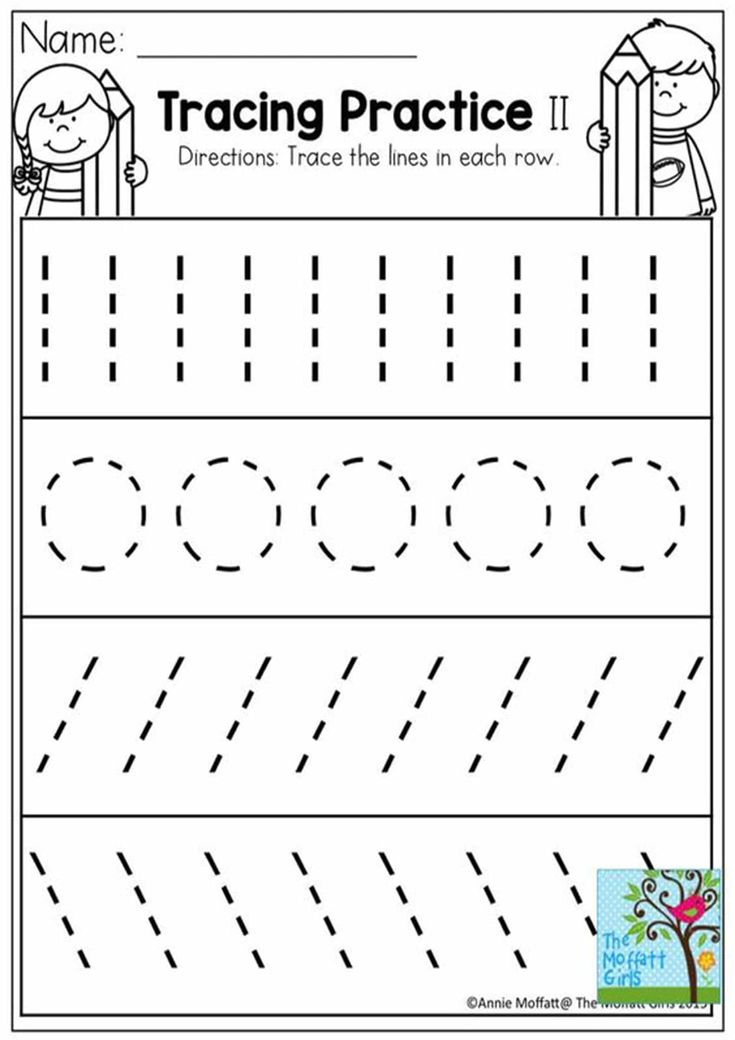
9 Fun Activities That will Help Your Kids Learn the Alphabet
Add variety to your alphabet instruction with these 9 fun alphabet activities for preschoolers. You can even download a sampler of letter A printables to try them out today.
Are you looking for some fun ways to teach the alphabet to your kids?
During the summer I avoided the steamy 100+ temperature by sitting inside reading No More Teaching a Letter a Week by Rebecca McKay and William H. Teale. Under the cool vent of the AC, I was struck by how many times the authors mentioned that kids benefit from varied and repeated exposure and practice with the alphabet.
I know that I like a little variety when I learn. How about you?
There is no need for you to search all over Pinterest for a bunch of activities that will interest your kids as they learn the alphabet.
Today, I’m excited to tell you about the 9 different letter activities that are included in my Super Alphabet Bundle.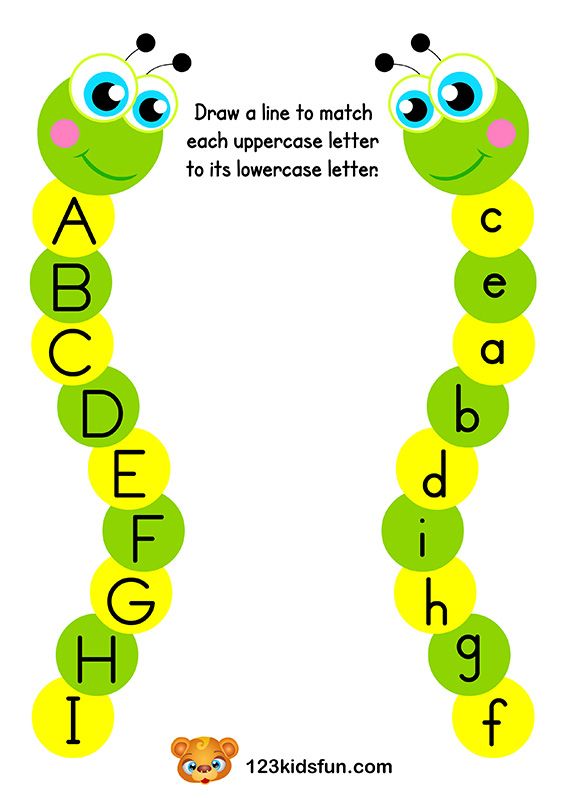 The wide variety of activities are great for in the classroom or for parents to do at home.
The wide variety of activities are great for in the classroom or for parents to do at home.
They will give you the opportunity to work on alphabet knowledge in many different ways with your kids.
Plus, you can even sample the printable activities.
How to teach the alphabet
Learning the alphabet involves much more than reciting the ABC song. Kids learn the alphabet when they
- learn letter recognition
- learn letter sounds
- learn to form letters
Kids can learn the alphabet through name activities, by reading books, through playful multi-sensory alphabet activities.
There are MANY ways to help kids learn letters, and it’s best to provide a variety of activities.
Let me show you 9 printables to help kids learn the alphabet.
1. Dot Alphabet Activities
The first activity that I want to share is alphabet dot pages. These printable alphabet dot letters can be used to work on letter recognition, letter formation, and letter-sound knowledge.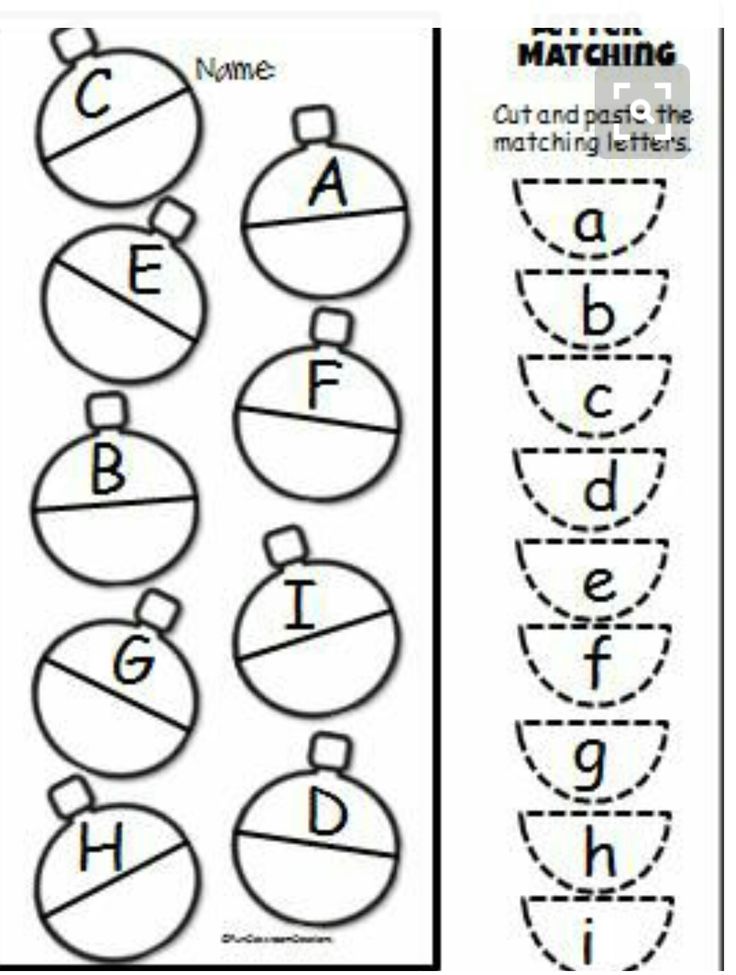
Kids can trace the letters with their fingers to learn to recognize the unique features of each individual letter. I love that this activity can also be a great fine motor exercise. Kids enjoy placing stickers, loose parts, or sticky fingerprints in each circle of the letters.
To get tons of ideas for using the pages, check out this article about alphabet dot letters
2. An Alphabet Word Wall
Next, you can create a print-rich environment in your classroom with word wall cards. The alphabet header cards in this word wall set are large, square cards with a simple border and large letters so that kids can focus on what is important…the letters. Each word card contains a word in a large, clear, simple font along with a simple illustration…..again clear and simple.
You can also create name cards or custom cards for your word wall. Kids love seeing some environmental print cards up there too.
Because of the trademarked logos, I can’t add environmental print cards to the printable set.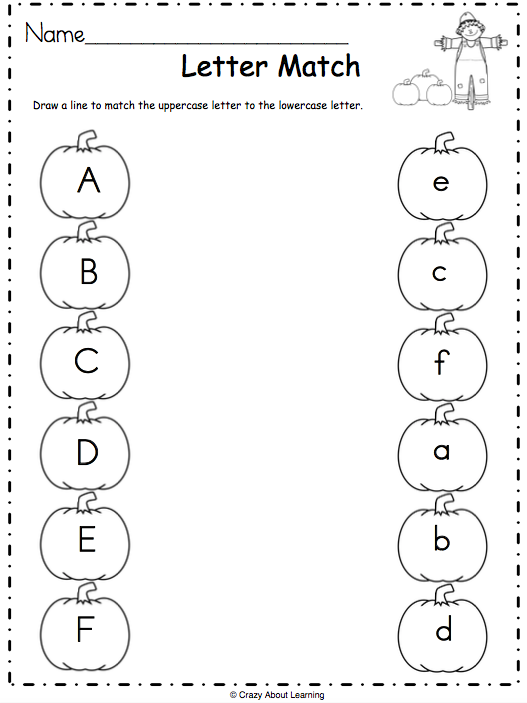
But….let me share a secret…..
You can make them by using a logo image in place of a child’s photograph. Have fun creating them. Teachers proudly displayed the Ohio State logo on our word walls when we lived in Columbus, Ohio.
In addition to using the set as a word wall, you can use the resource in pocket charts, on word rings in your writing center. You can also use the word cards and alphabet header cards as a sorting activity, for a word scavenger hunt, or as a matching game
3. Start with a Dot – Letter Formation Activities
Giving kids the opportunity to produce letters will help them learn to recognize the letters. This alphabet tracing activity set includes several different cards to help kids learn to produce letters.
Letter Tracing Cards in a Salt Tray
Finger tracing cards provide a great way to help children learn the differences among the letters. A starting dot serves as a visual reminder on where to start letter formation.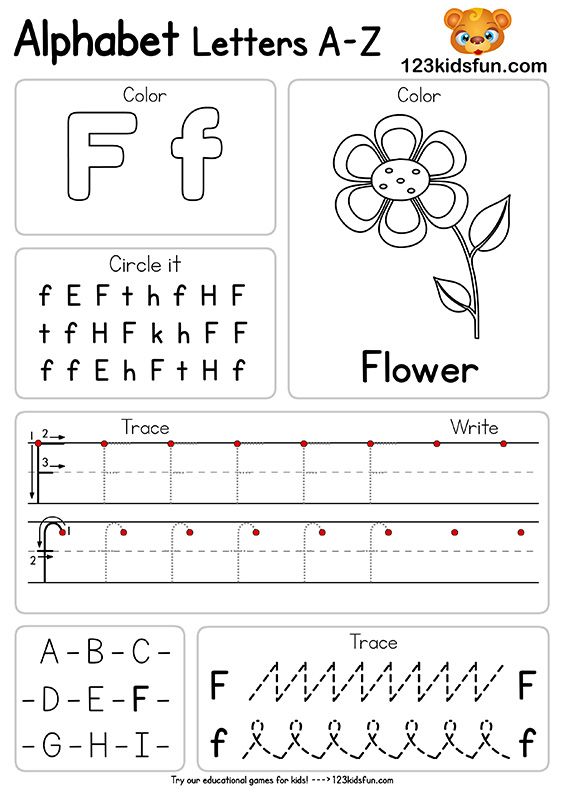
Kids can finger trace directly on the cards or can use the cards as a reference as they reproduce the letters in a salt tray, on a blank wall, or in the air with their magic finger.
Do you want to know how to put together a salt tray? Check out this salt tray post for some great ideas to make an exciting salt tray for your kids.
Create Tactile Letter Cards
You can also use the cards to make tactile letter cards. Kids love feeling the letters and don’t even realize that they are learning as they do it. Find direction and LOTS of ideas in my article about tactile letters.
Alphabet Tracing Strips
The set also includes 3 sets of alphabet tracing strips so that kids can also practice letter formation with a real-life writing instrument (not a magic finger).
Each set of tracing strips have a different style of tracing font
- yellow
- dotted
- outlined
Some children may find it easier to see their writing on top of the yellow letters, some children may enjoy the challenge of trying to keep their writing within the lines of the outlined letters.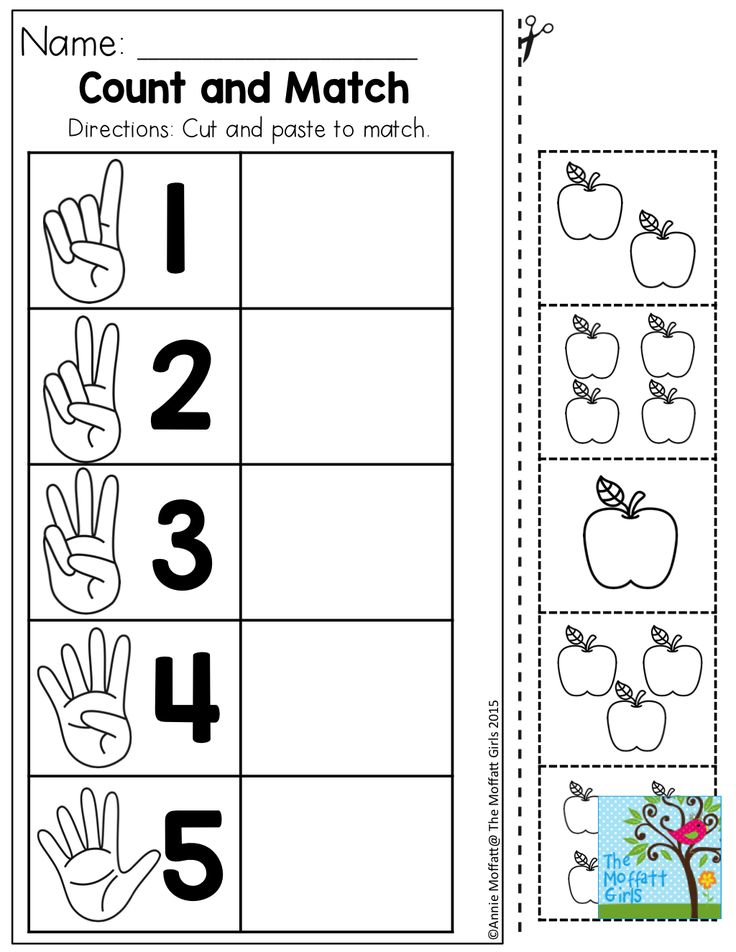 Use the style of tracing stripes that are best for your kids.
Use the style of tracing stripes that are best for your kids.
These are not like old-school letter tracing activities. You know what I mean…the ones with all the arrows and numbers. I do not like those things!
Don’t Distract Me! – Arrows and numbers on tracing letters easily distract me. I prefer to use a simple green starting dot on my tracing activities. The dot provides a visual clue to help kids know where to begin when forming letters.
4. My Favorite – Editable Alphabet Activity Sheets
These editable pages provide endless letter activities for your kids.
Practice letter recognition and phonemic awareness in creative and multi-sensory ways. The full set contains lowercase and uppercase editable letter pages, uppercase and lowercase pages without text, 1 full-color editable cover page, and 1 black and white editable cover page.
These letter sheets are my favorite alphabet activity because there are so many ways to use them.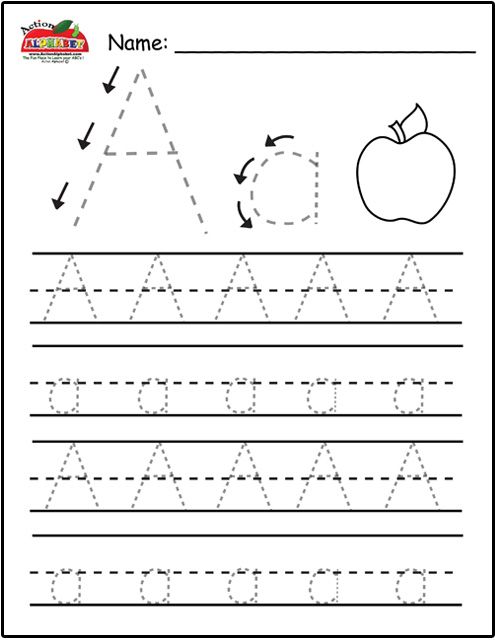
- Create an alphabet book by binding a cover together with ABC pages.
- Make a tactile alphabet book and let kids finger trace the letters.
- Make alphabet pages featuring your kids’ names.
- Create a class name book.
- Use the sheets, along with small manipulative or toys, as play mats or play dough mats.
- Create letter activities or art/craft projects with the letter sheets.
- Use the sheets without text as coloring pages or take-home pages.
If you want to use materials that coordinate with each letter of the alphabet, check out this article for a HUGE list of material ideas for your letter activities.
5. The All-in-One ABC Play Dough & Activity Mats
If you are looking for an easy printable that provides multi-sensory opportunities to practice letter recognition, letter formation, and letter-sound association …all on one page…this alphabet activity mat is it. The full set contains 26 full-color alphabet mats and 26 black and white alphabet mats.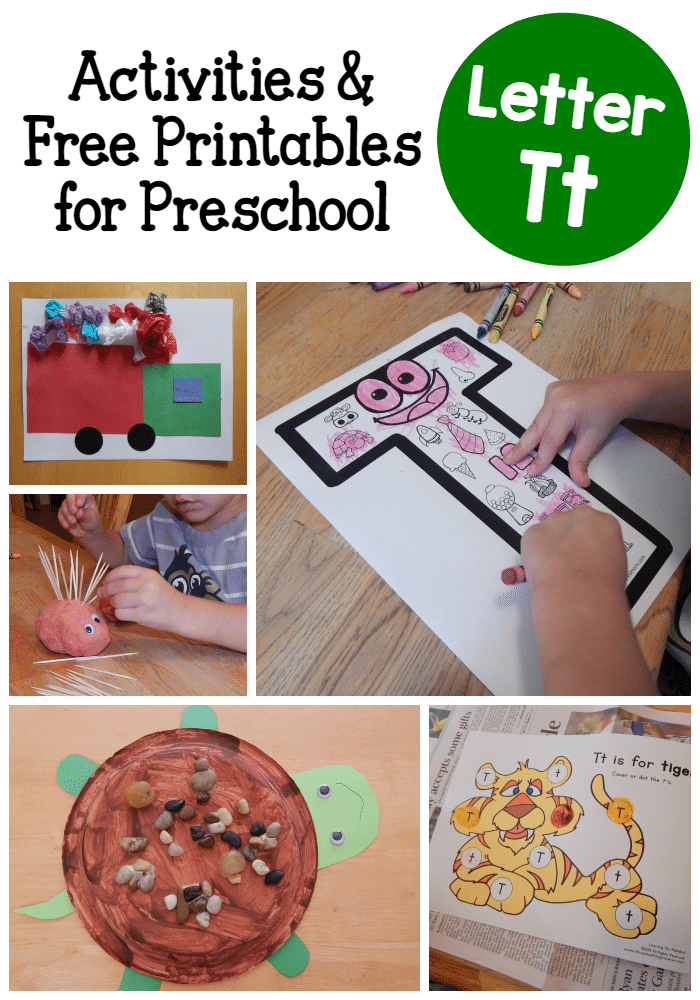
Each alphabet mat contains five sections.
- Alphabet Square – Children can finger trace the large letters or they can place a coil of play dough, wikki stix, or small objects on top of the letter. They can also color the letters.
- Uppercase Alphabet Line– Encourage kids to search for and circle the focus letter among the other letters in the alphabet.
- Beginning Sound Examples– Review the objects pictured with your kids. Name the objects and listen for the beginning sound. Practice the sound associated with the letter. Kids can also search for the letter in each word, and/or circle the letter in each word. Kids can color the pictures on the black and white version.
- Letter Formation Practice– Here is an opportunity to trace letters and write letters on the lines.
- Lowercase Alphabet Line- Finally, kids can search for and circle the focus letter among the other lowercase letters in the alphabet.
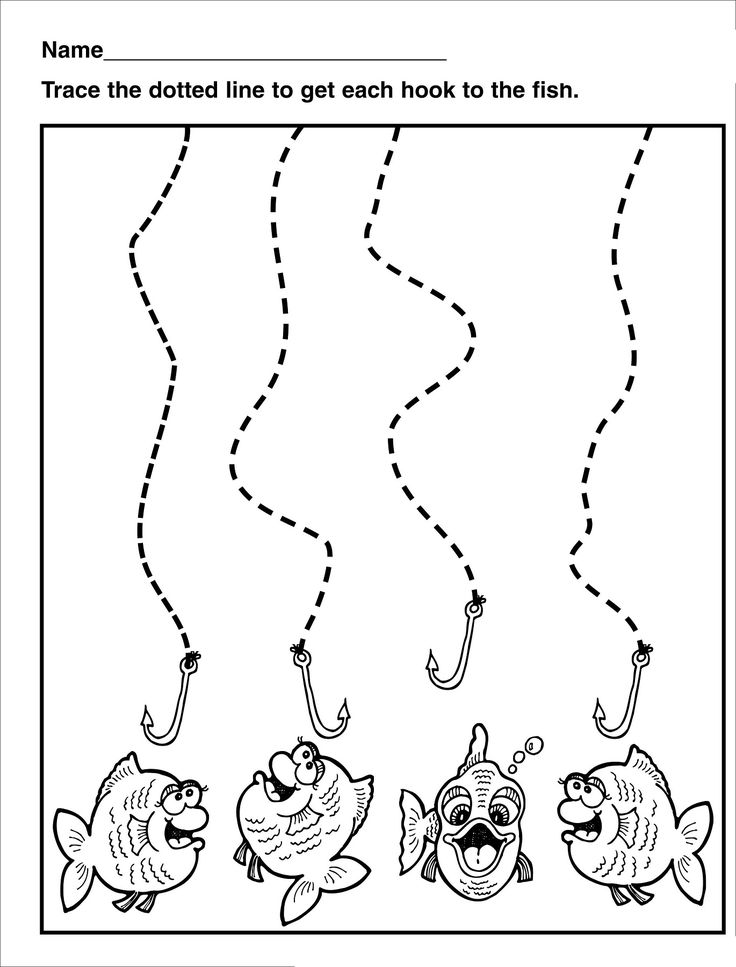
6. Alphabet Letter Books That Assemble in a Snap
My little alphabet letter books are simple, uncluttered, and are a great way to help kids understand print. The simple, predictable text and pictures are easy for kids to read aloud. Your kids will have the opportunity to practice letter recognition and phonological awareness.
Print the full-page book and use it in the class library and print off the little books for a literacy activity that you can send home with your kids.
Each little book contains a cover, 2-3 picture pages, and a letter tracing page.
- Kids can finger trace, color or use rainbow writing on the large letters on the cover of each book.
- There is simple predictable text on each picture page.
- Kids can read the sentence on the picture pages, circle the letter within the sentence, and color the pictures.
- The letter formation page provides young children an opportunity to trace and write both capital and lowercase letters.
 A simple starting dot is a great way to help kids learn letter formation without other distractions.
A simple starting dot is a great way to help kids learn letter formation without other distractions.
Busy teachers appreciate that the little books are easy to assemble. Check out this video to see how easy it is to assemble four books in a snap.
Because so many people started teaching preschool at home during the pandemic, I updated the to include an option where you won’t end up with 4 copies of the same book.
7. Learning Letters with Fine Motor Activities
Get out the q-tips and learn letters and work on fine motor control with these fun cards. Your kids will learn to recognize letters and proper letter formation (note that the starting point is highlighted) with this fun activity. Check out this article about learning letters with fine motor activities to get more activity ideas.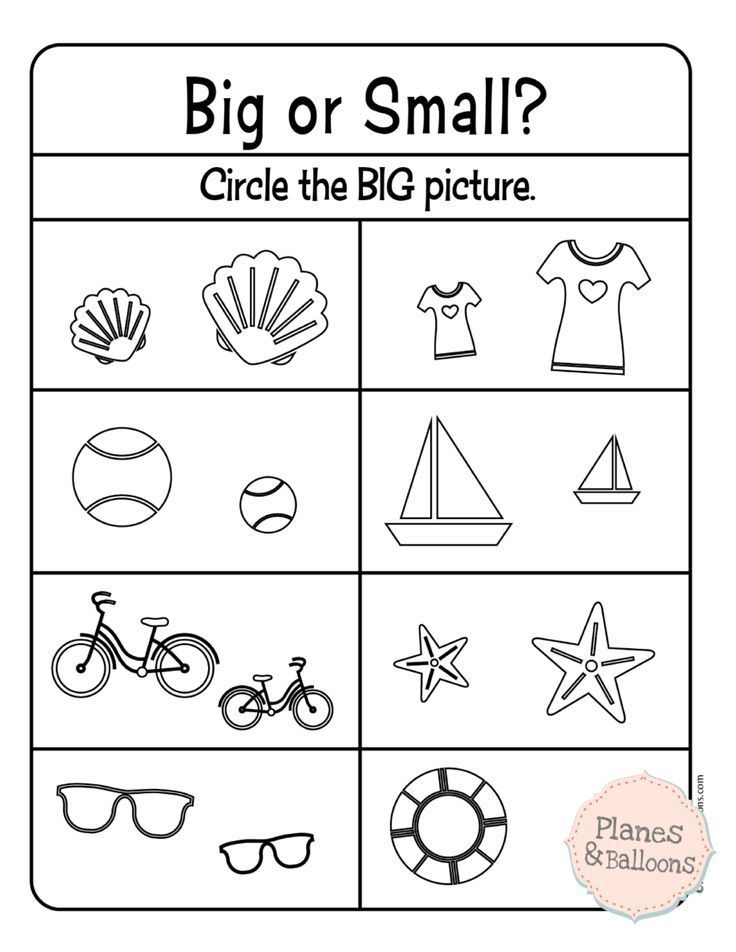
8. Sorting Words by Beginning Letter and Sound
This ABC picture sort activity gives children the opportunity to practice phonemic awareness skills. The beginning sound sorting activity includes a complete set of uppercase and lowercase letter boards as well as 52 picture cards (2 for each letter of the alphabet).
You can assemble the cards so that they have the name of the pictured object written on the backside.
Ideas for sorting activities and small group games are included.
9. Alphabet Coloring & Activity Pages with a Secret
Finally, these coloring and activity pages will provide children the opportunity to practice letter recognition, letter-sound association, and letter formation. I designed the pages (like many of the activities) in a simple manner so that young kids will not be overwhelmed. The pages are no-prep….just print, copy, and go!
Flexible Options! These activity pages come in half sheet and full sheet sizes.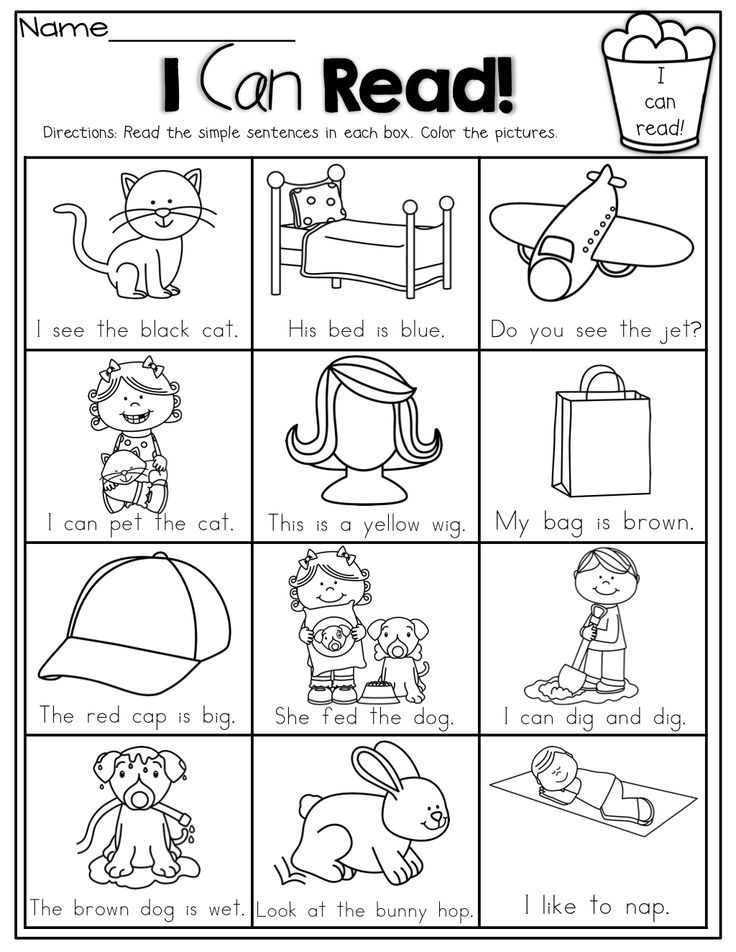 There are two pages for the letter “X” (one with x as a beginning letter and one with x as an ending letter) There is one page for all other letters. Use the pages individually or bind them into an alphabet activity book. Laminate the pages to use them over and over again in a writing center.
There are two pages for the letter “X” (one with x as a beginning letter and one with x as an ending letter) There is one page for all other letters. Use the pages individually or bind them into an alphabet activity book. Laminate the pages to use them over and over again in a writing center.
Kids can perform the following activities on each page. Don’t forget to find the hidden letters!
- Color or finger trace large letters.
- Reinforce letter-sound awareness as they “read” and color pictures for each letter.
- Trace uppercase and lowercase letters.
- Print uppercase and lowercase letters.
- PLUS Search for 6 small letters hidden on each page
Sample These 9 Activities Today!
How’s that for a variety of alphabet activities for preschoolers?
You can purchase all 9 of the activities described above individually, or you can purchase them together in a money-saving bundle. Do you want to try them out before purchasing? Download the free sample of the letter A printables today.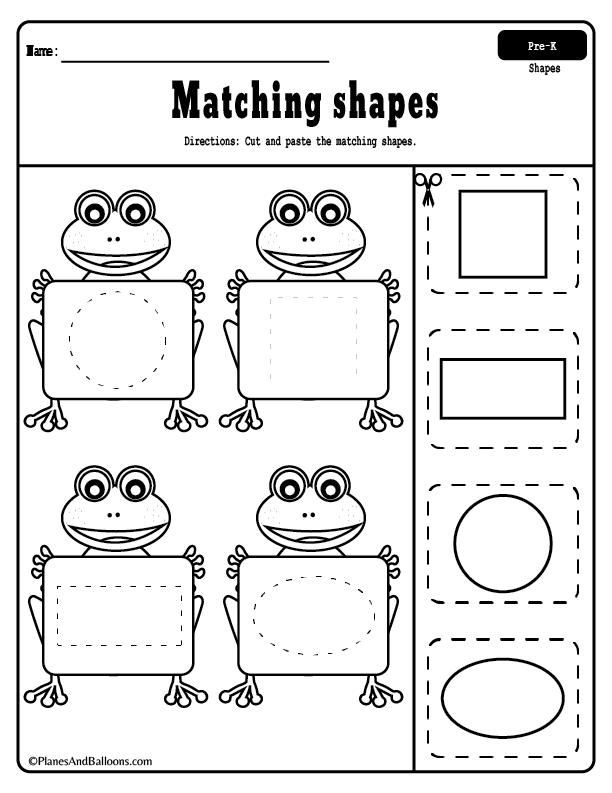 The ABC sampler includes all of the activities above for the letter A. To download the activity sample, click on the link below:
The ABC sampler includes all of the activities above for the letter A. To download the activity sample, click on the link below:
Free Alphabet Activity Sample
Purchase the Alphabet Activity Bundle
Click on the image below to purchase the complete alphabet bundle:
Recipe with tasks and exercises for children from 5 years old
Raising children, today's parents educate the future history of our country, and hence the history of the world.
- A.S. Makarenko
| Compiled by: N.L. Pinion | |
| Name: Copybook with tasks and exercises for children from 5 years old | nine0019|
| Format: PDF | |
Size: 22.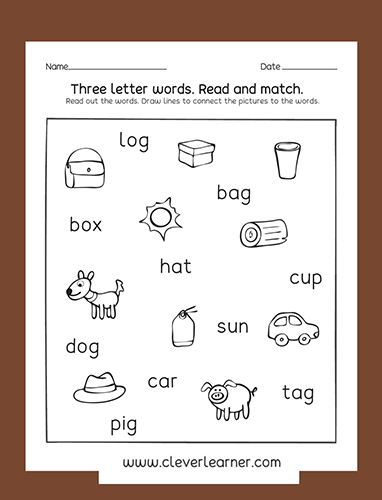 7 Mb 7 Mb | |
| Capacity: 152 pages | |
| Abstract: | |
| The purpose of the manual is to acquaint children aged 5-6 with capital (italic) writing as a preparatory stage for its further successful development at school. At the beginning of copybooks, children learn to write graphic elements on narrow and wide lines in an oblique ruler: inclined sticks, hooks, zigzags, loops, etc. These graphic exercises help to consolidate the motor skills of the hand, the skills necessary for the successful development of writing. nine0005 Further, each page of copybooks contains exercises for working out the capitalization of graphic elements of the letters of the Russian alphabet, differentiation of their visual image, as well as writing syllables, words, and then short sentences. To consolidate the skills of writing letters, dictations are included in the copybook, the tasks of which are spoken by an adult, and the child listens and reproduces them in writing independently. The recipes also contain tasks for compiling small texts from several sentences, which the child must arrange and write down in the correct order, and therefore understand their meaning. Another feature of these copybooks is that here the child not only learns to write graphic elements of lowercase (small) and uppercase (large) letters, then the letters themselves, first tracing them along the dotted line, observing the direction of hand movement along the arrows, then along visual memory of the hand, but also gets acquainted with some grammatical rules for writing letters and letter combinations, their compatibility in writing. nine0005 Help the child in case of any difficulties, explain the meaning of incomprehensible words. Conduct classes in a relaxed manner, doing 10-15 minutes daily with him. Remember: learning to write capital letters will help prepare your preschooler to successfully master the basics of literacy! The book is included in the series ? Teaching Preschoolers to Read . | |
| Content: | nine0019|
| |
| Page examples: | |
| |
| Buy a book at a bargain price | |
- Views: 16403
Children speak
| “Mom, bring some tea to my room. - Olya, 9 years old |
Interesting recipes for children 5 6 years old. Wonderful options for writing numbers for children
Introducing a child to mathematics at preschool age, parents try to instill a love for this science. Numbers will help your child learn how to write numbers beautifully and correctly. Writing numbers in words is not at all easy. A restless first grader often does not have enough time and energy to master this skill at school, so by the fifth grade his math notebooks look very sad. How to teach a child to write numbers while studying with him at home, so that classes are fun and beneficial? nine0005
From this article you will learn
When to start
At what age it is better to teach a child to write numbers in words depends not only on the desire of the parents. Many people want to teach their baby early how to write numbers correctly.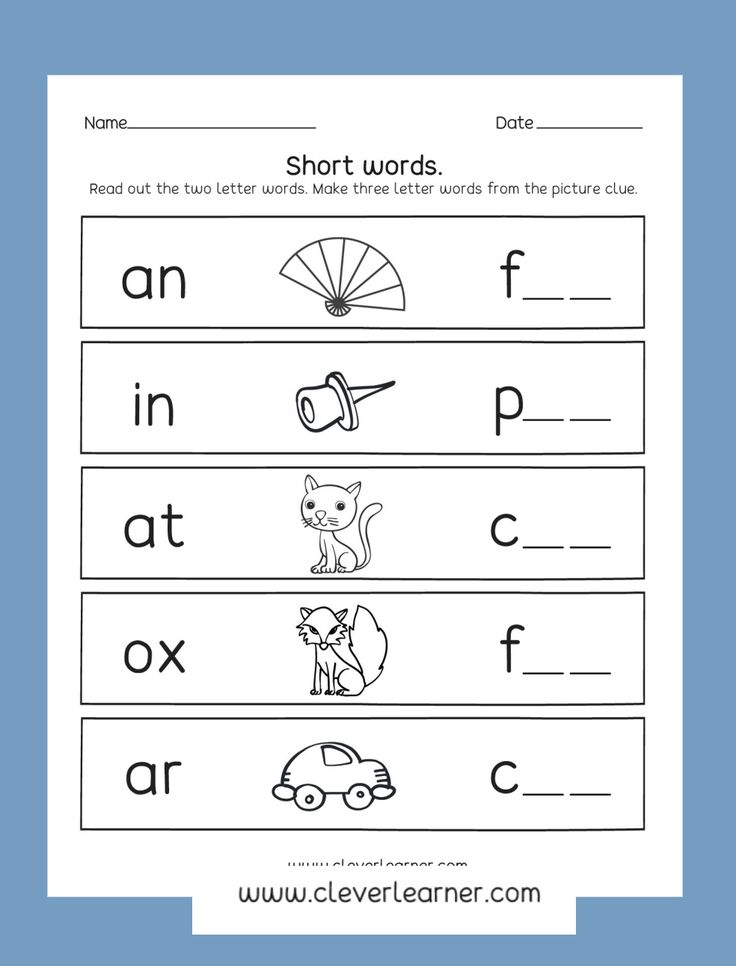 But if the child’s fine motor skills of the hands are still undeveloped, he doesn’t know how to count, and he doesn’t really want to do it, it’s too early to buy prescriptions with numbers. Experienced teachers do not recommend offering numbers for children at the age of three or four for several reasons:
But if the child’s fine motor skills of the hands are still undeveloped, he doesn’t know how to count, and he doesn’t really want to do it, it’s too early to buy prescriptions with numbers. Experienced teachers do not recommend offering numbers for children at the age of three or four for several reasons:
- Incorrect writing skills are formed, as the child is not yet able to appreciate the method of writing numbers;
- the child loses interest in learning new material at school if the teacher explains what he has long been familiar with and has had time to get bored of;
- the child must receive an initial preparatory base, which includes the ability to hold a pen, sit straight at a desk, be neat and attentive;
When the baby himself reveals the desire to study by filling out the list of numbers, you can download learning material from the Internet for free. You can download and print out a variety of prescriptions for preschoolers: with coloring pictures, with patterns from various elements, a sample that needs to be circled in dots.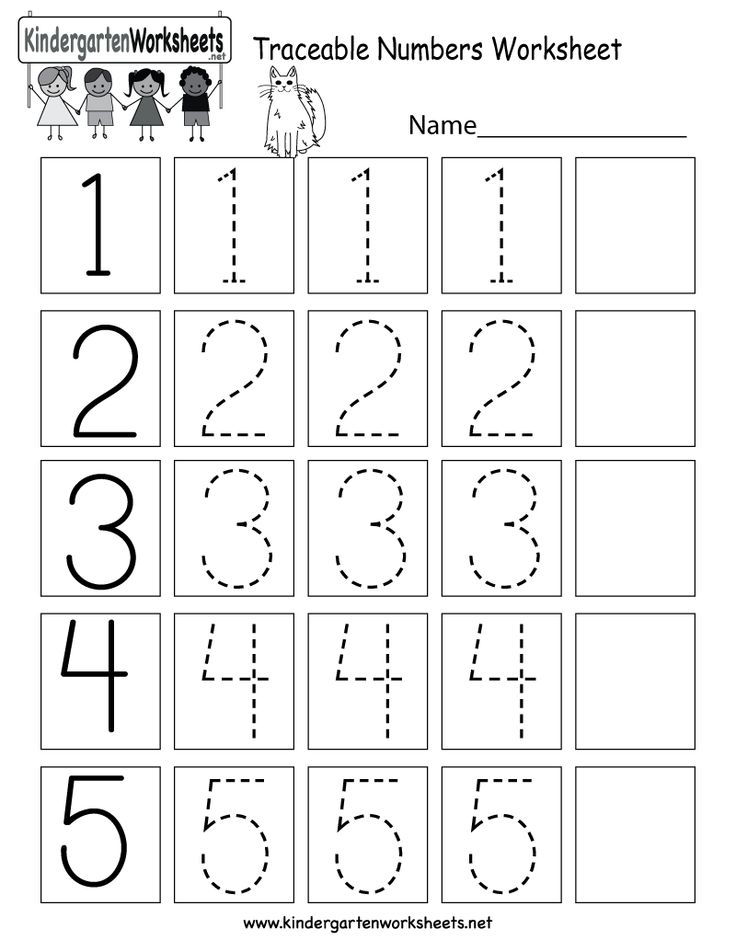 The first lessons should take place in a playful way and not tire the child. nine0005
The first lessons should take place in a playful way and not tire the child. nine0005
Fine motor skills exercises
The printed digital pattern to be traced is a good exercise for developing fine motor skills. But at two or three years it is still too early to give a child prescriptions. You need to start with simple appliqué, modeling from plasticine or salt dough.
You can make your own or buy in toy stores sensory boxes with loose materials, animal figures made of plastic or rubber, pebbles of various shapes and sizes. The construction of various scenes from the elements of the game will contribute to the development of fine motor skills of the child's hands from one year old. nine0005
With an older child, you can practice stringing beads on a string. Large buttons, caps from plastic bottles, wooden spools of thread can serve as beads.
You need to do finger gymnastics with the baby, telling funny rhymes about the magpie-crow that cooked porridge and fed the children, about bunnies and squirrels, about boys and girls.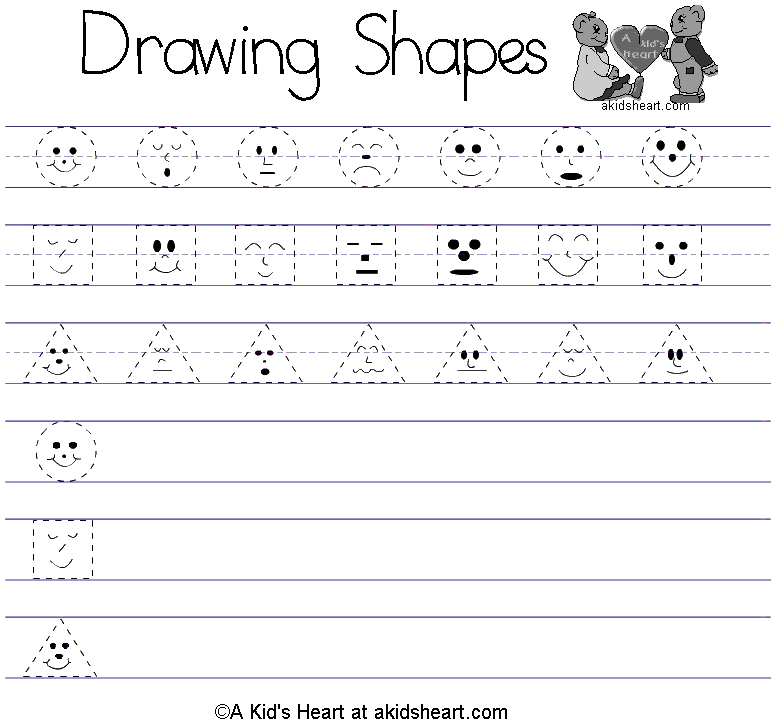
You can perform shadow theater with your hands, fold origami, weave macrame, make figurines and bracelets from rubber bands, cut out New Year's snowflakes, weave figurines from large beads. Collecting a small designer also perfectly develops fine motor skills of fingers, but try not to give small parts to children under three years old so that they do not accidentally swallow them. nine0005
It is important to teach your child how to hold a pencil and pen correctly. It will take a long time to train the pencil on the middle finger of the hand, being clamped by the thumb and forefinger. Do not scold the baby if he holds the pencil incorrectly while coloring pictures. Explain that if he wants to learn how to draw and write, he needs to hold a pencil, as mom or dad does. Praise the child for diligence and the slightest success, trying not to notice mistakes and mistakes.
How to teach nine0199
Learning to write numbers while playing. The writing lesson should not be a dry memorization of the rules of writing in the cells, but a creative activity that develops the imagination.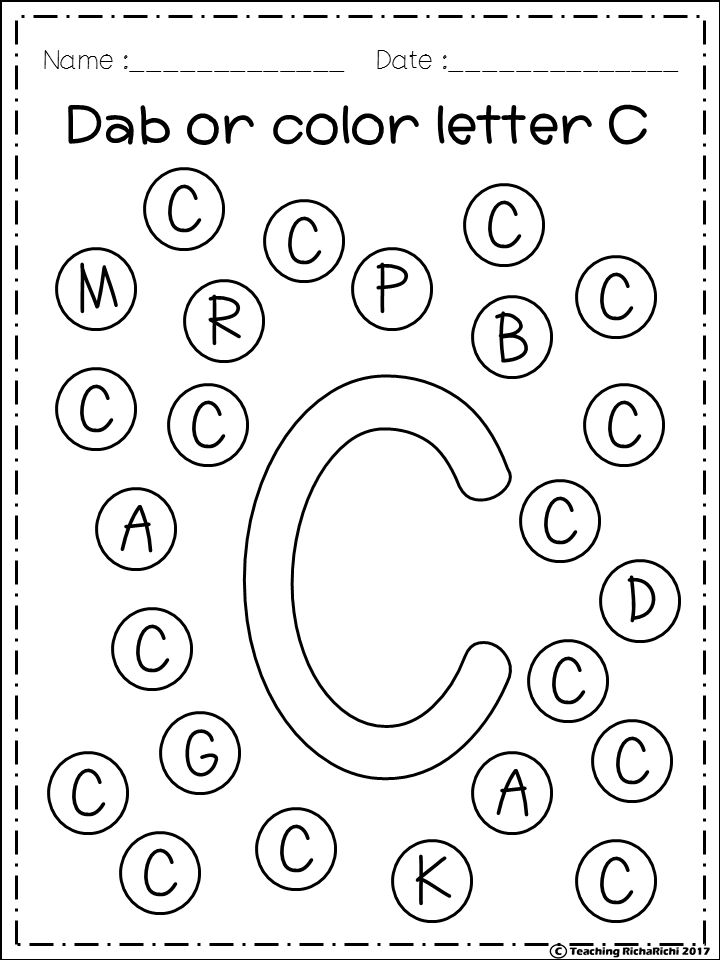 It is desirable that the child understands what he writes. You can learn the meaning of numbers from the age of two.
It is desirable that the child understands what he writes. You can learn the meaning of numbers from the age of two.
At the age of five, you can start learning how to write numbers in words. First you need to explain to the child what parts the cell in the notebook consists of. Where is her upper side, where is the lower, right and left. The kid must find the center of the cage himself. The correct spelling of numbers is mother's pride. But you can not rush the baby. nine0005
The writing skill is formed according to the observations of psychologists over several years of life. The habit of doing the task in a hurry and sloppily in order to finish the lesson faster and do more interesting things is an undesirable behavior that needs to be corrected immediately. You can introduce an element of the game into the preschool period of education in a variety of ways.
Filling in prescription
When filling out the prescription with the child, we write the numbers correctly so that we do not have to relearn at school.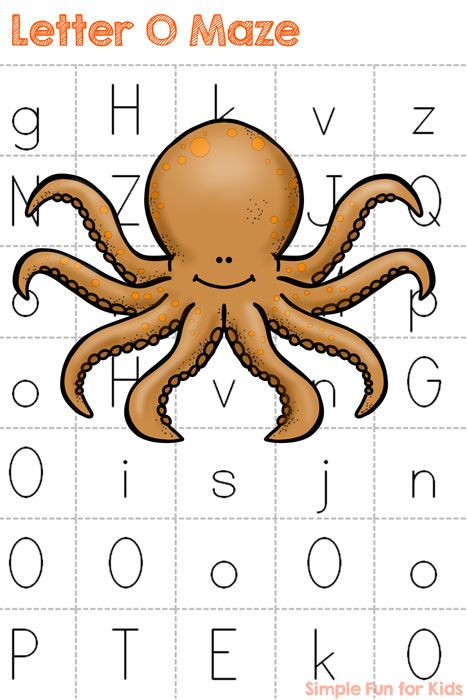 The rules for writing in cells from 1 to 10 are shown to the baby in the form of small cards with arrows, so he will better understand the movement of the pen while writing and remember. nine0005
The rules for writing in cells from 1 to 10 are shown to the baby in the form of small cards with arrows, so he will better understand the movement of the pen while writing and remember. nine0005
Variant for number 1
Number 1 is written almost from the middle of the cell. Draw a short stick to the corner of the cell. Then down from the right corner a long stick, which falls to the side of the base of the cell.
Option for the number 2
Start writing the number 2 above the center of the cell. Draw a smooth semicircle that touches the middle of the right side of the top of the cell and the middle of the upper part of the right side of the cell. Smoothly rounding in the form of an even stick, the semicircle of the number two falls on the base line of the cell a little to the left of the middle. Now they draw a tail, which rests in a beautiful wave on the right side of the cell near the base. On this letter number 2 is over. nine0005
Variant for number 3
The number three consists of two semicircles.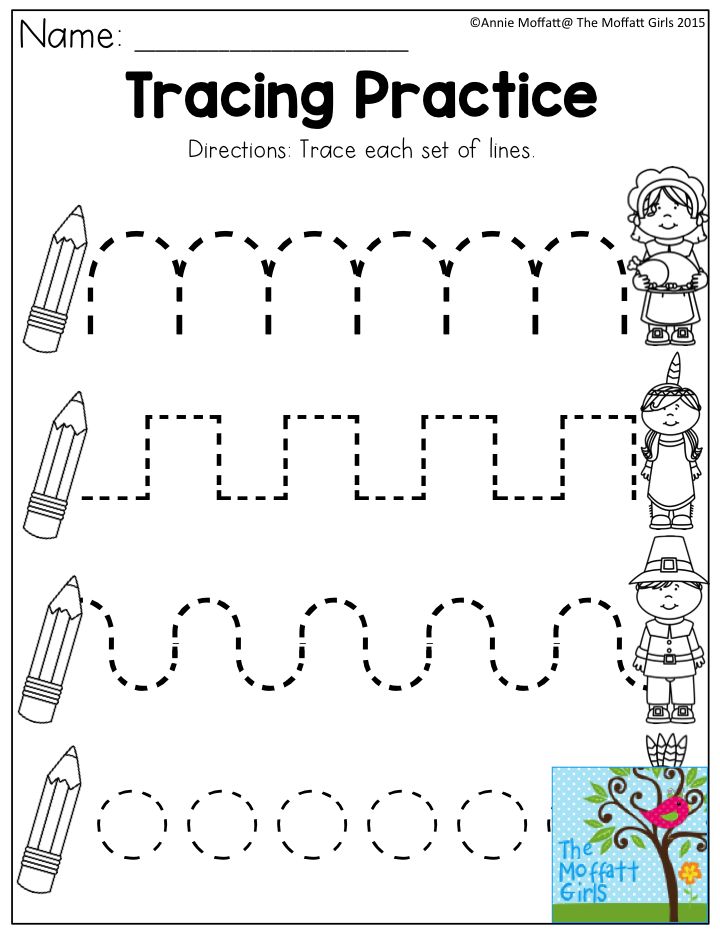 They begin to write from a point that is slightly below the middle of the upper edge of the cell. Rounding, they lead a semi-oval, which is in contact with the upper face and with the right, closer to the corner. The upper semi-oval ends just above and to the right of the center of the cell. Behind it, a second semi-oval is drawn, which rests on one side on the right side of the cell and, reaching the base, ends slightly to the left of its middle.
They begin to write from a point that is slightly below the middle of the upper edge of the cell. Rounding, they lead a semi-oval, which is in contact with the upper face and with the right, closer to the corner. The upper semi-oval ends just above and to the right of the center of the cell. Behind it, a second semi-oval is drawn, which rests on one side on the right side of the cell and, reaching the base, ends slightly to the left of its middle.
Variant for the number 4
The number four, like one, does not have nice roundness and smooth lines. It consists of straight lines and angles. The letter 4 starts from a point lying in the middle of the right side of the upper face. Lead a line to a point that is slightly below the center of the cell. Draw an angle with a side parallel to the base. Stop before reaching the right side. From a point slightly above the middle of the right side, draw a line at an angle to the base of the cell. nine0005
Variant for the number 5
For the number five, draw an even stick down, towards the center, from a point slightly to the right of the middle of the upper edge of the cell.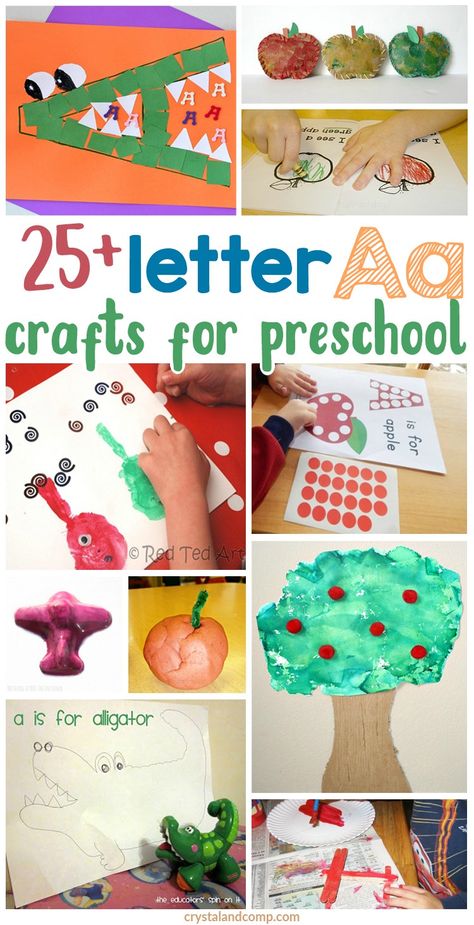 A beautiful semicircle extending from the stick touches the right side of the cell in the middle and descends to the side of the base of the cell. At the end, from the starting point, draw a tail in the form of a semicircle, which rests on the corner of the cell.
A beautiful semicircle extending from the stick touches the right side of the cell in the middle and descends to the side of the base of the cell. At the end, from the starting point, draw a tail in the form of a semicircle, which rests on the corner of the cell.
Variant for the number 6
The number six looks like nine, which is placed on the head. They begin to write a six from a dot on the right side of the cell, not far from the top corner. Lead a semicircular tail to the underside of the cell. Anti-clockwise draw an oval, which occupies a little more than one-fourth of the space. nine0005
Variant for the number 7
The number seven is written almost the same as one. They just begin to draw not a straight line, but smooth, like a wave, from a point slightly below the middle of the upper edge of the cell. Then, from the right corner of the cell, draw an even leg to the base, slightly to the right of the middle. Cross out the leg of the number in the middle with a short even line from left to right.
Variant for the number 8
Writing the number 8 is easy. Draw a semicircle, as for the number two, starting from a point slightly above the center of the cell. At the base, the line is rounded and a second semicircle is drawn larger, returning the pen to the original point of writing the number eight. nine0005
Variant for the number 9
You need to write the number 9 from the point that is in the middle of the upper part of the right side of the cell. Having drawn a small oval, which almost fits in one fourth of the cell, they return to the original point and draw a semicircular leg near the oval. The leg of the oval, reaching the middle of the base of the cell, is rounded slightly upwards.
Variant for the number 0
Zero, similar to a round donut, starts to be drawn from a point that lies on the upper edge of the cell, not far from the right corner. The movement goes counterclockwise, through the center of the cell, descends to its base in the middle and returns to the starting point, touching the right side of the cell at the top.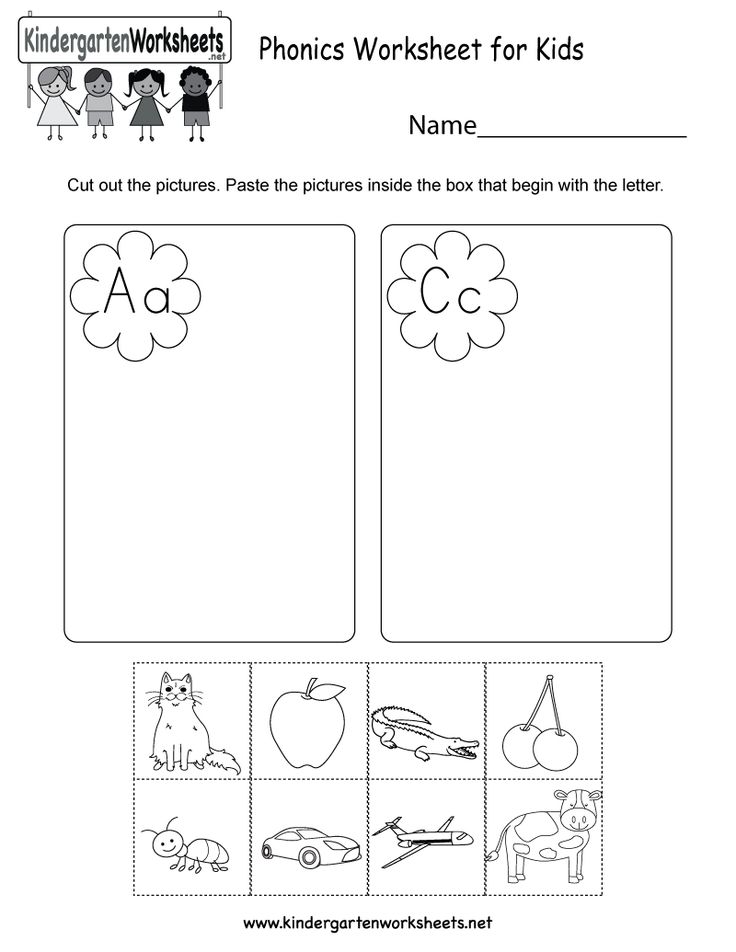 nine0005
nine0005
Having mastered how to write the first ten numbers beautifully, do not forget to repeat the simple rules of addition and subtraction with your child. Then the beautifully written numbers in the math notebook for grade 1 will be in correctly solved problems.
Today's school makes quite serious demands on children aged 6-7 coming to the first grade. It is no longer possible to count on the fact that, as once in the past, children will come to school and be taught everything there. One of the most important signs of a child's readiness for school is the initial writing skills. nine0005
It is to solve this problem that specialists have developed recipes. These simple squiggles, lines, pictures help him get used to the pen, develop his hand, form the skill of writing future parts of letters and numbers. To help preschool children prepare for school, parents, thanks to the Internet, can print copybooks for children 6-7 years old for free.
But preparation must begin in advance.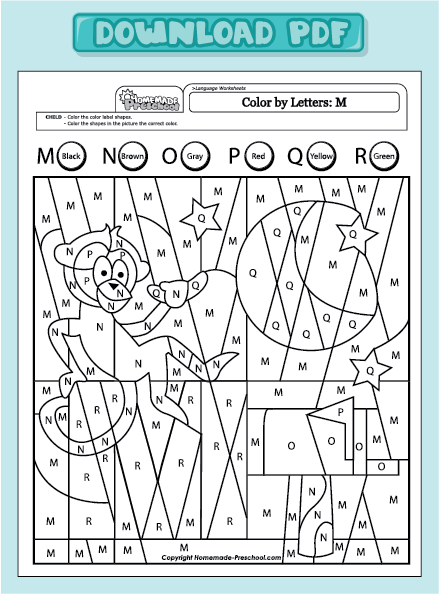 The first prescriptions can be given to babies from the age of three. For this, special developing funny pictures and patterns are developed for children 3-4 years old, circling which they begin their first acquaintance with pencils and pens. nine0005
The first prescriptions can be given to babies from the age of three. For this, special developing funny pictures and patterns are developed for children 3-4 years old, circling which they begin their first acquaintance with pencils and pens. nine0005
To print, click on the picture, it will open in a special window, then right-click on the picture and select "Print"
Coloring pages with pictures and the simplest lines and shapes are the first stage of learning for children. The kid gets used to holding a pencil or brush in his hands, coloring his favorite characters. Some colorings also include a copybook element, when the silhouette of the picture is made in the form of a thin dotted line. The young artist traces it to make the drawing bright and clear, learning how to draw smooth lines in this way. nine0005
Recipes for children 3-4 years old do not include any letters or numbers. Preschoolers learn to trace simple geometric shapes, large drawings and lines. Sticks and hooks are built into the coloring picture.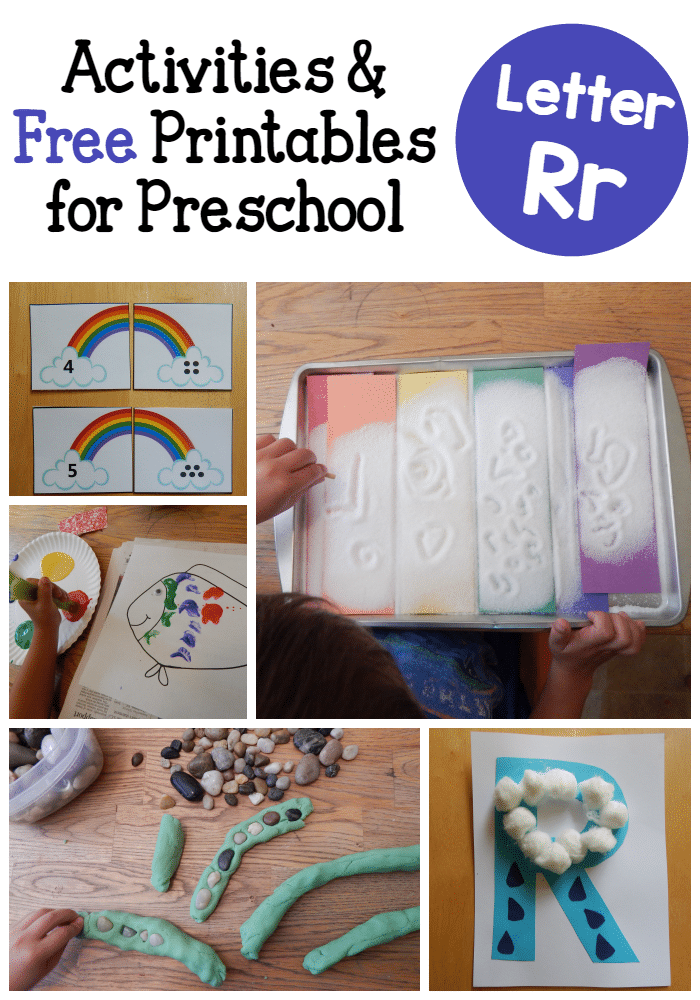 The kid can first color the drawing, and then circle these elements.
The kid can first color the drawing, and then circle these elements.
Adults make sure that the line drawn by the baby is not interrupted and does not go too far beyond the contour.
Even if your children are over the age of 3-4, it is worth checking how easy they are with coloring pages and the simplest copybooks before moving on to the next step. The more a preschooler draws in coloring books (any), the more fine motor skills of the hands are developed, the easier it will be for him to write. nine0005
Copybooks for children - learning to write in a playful way
Letters and numbers
At the age of 5-6 years, children begin to get acquainted with letters and numbers, learn how to write them. First, they learn to write the elements of letters correctly - hooks and squiggles, sticks and lines. Be sure to include in the recipes for children 5-6 years old block letters, which they circle along the dotted lines.
When teaching children how to write letters, don't forget about numbers.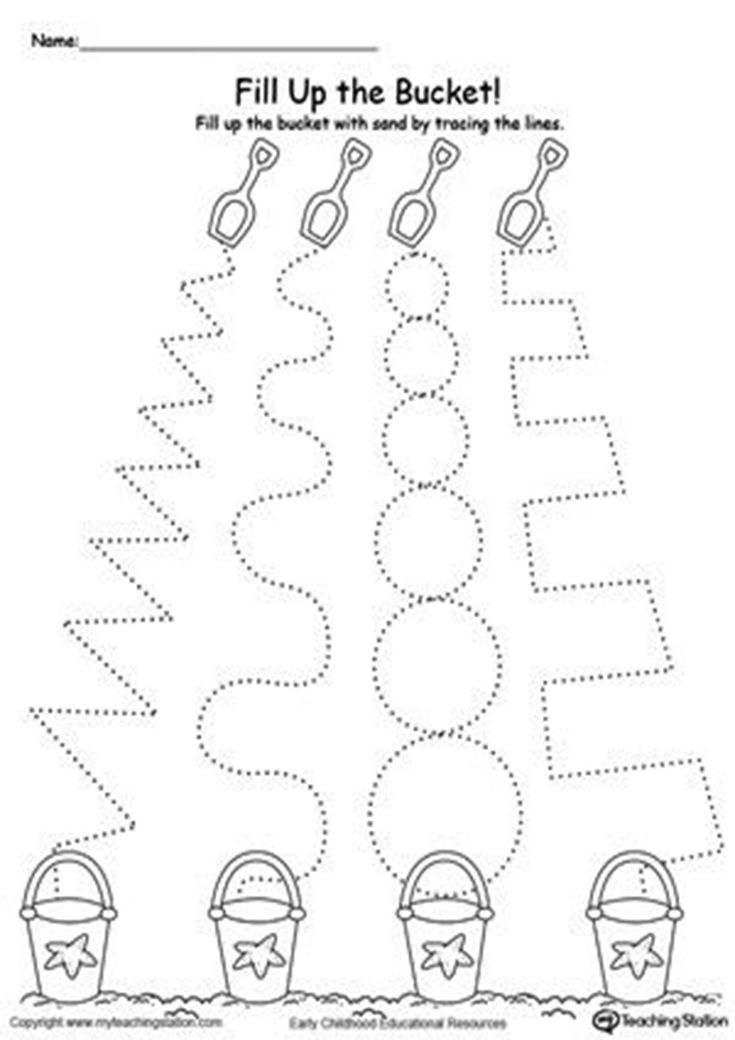 Learning how to write them is no less difficult for toddlers. At this age, the preschooler also begins by mastering the correct spelling of the elements of numbers. nine0005
Learning how to write them is no less difficult for toddlers. At this age, the preschooler also begins by mastering the correct spelling of the elements of numbers. nine0005
At the beginning, at the first stage of working with letters and numbers, the parents hold the baby's hand in theirs. So he can feel the correct order of hand movement. This is very important for the subsequent beauty and correctness of writing. After the preschooler has understood how to act, he will trace the lines himself.
Alphabet for schoolchildren
At the age of 6-7 children come to school and start learning Russian. The correct order of writing letters determines the speed of writing in the future, the beauty and clarity of handwriting. The teacher at school does not have enough time to work it out. Here, parents and prescriptions come to the aid of the student. At 6-7 years old, children should already master capital letters. Arrows indicate the direction of hand movement. Parents must ensure that the novice student follows these instructions.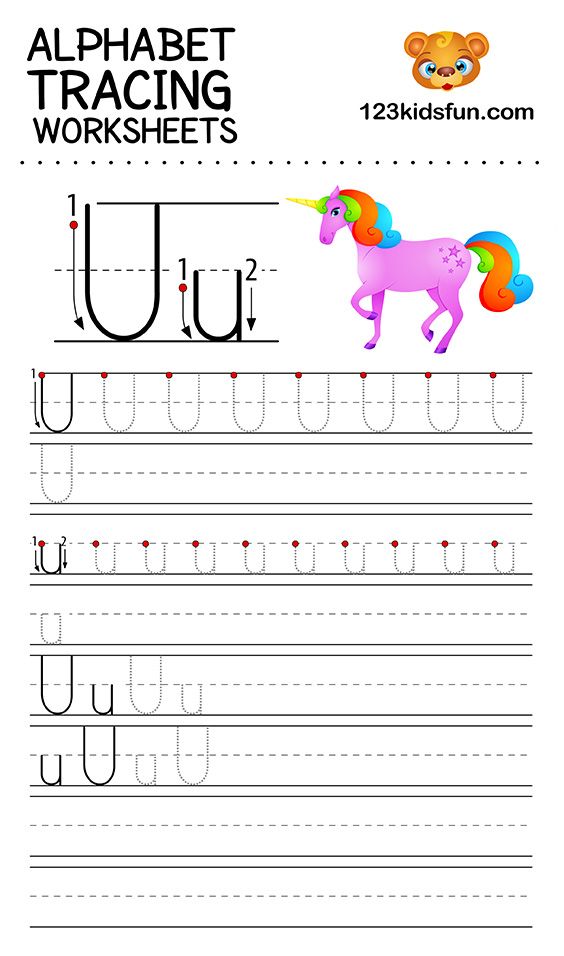 nine0005
nine0005
Copy-books - mathematical
In order for children of 6-7 years old to have success in mathematics, parents should use mathematical recipes. They include examples of writing numbers and their elements, simple examples, geometric shapes. If a small student works out at home writing numbers to automatism, without confusing, for example, 6 and 9, this will give him more time in mathematics at school to understand the essence of the examples, tasks and rules that the teacher explains.
Copy-books - English
Often children of 6-7 years old already begin to learn English. Writing has its own character. It includes both letters that correspond to and completely unfamiliar to children before. Even letters similar to Russian ones are written a little differently, and completely new ones are especially difficult to master. Here, students will also come to the aid of copybooks with English letters. All these necessary and developing recipes can be downloaded and printed for free.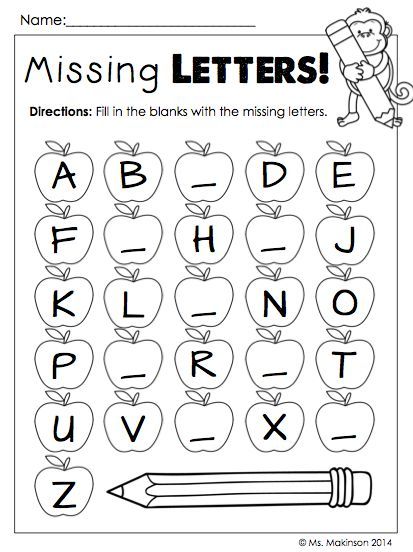 nine0005
nine0005
Capital letters for children, learning to write Russian capital letters
Determination of the correct inclination is of great importance when learning to write numbers. When writing in a cell, the slope is determined by the segment connecting the upper right corner of the cell with the middle of its lower side. Before proceeding to explain the spelling of a number, it is necessary to show the child its sample and analyze what elements the number consists of (stick, wavy line, oval, semi-oval). Showing the writing of a number should be accompanied by brief explanations about where the line begins, in which direction it goes, where it ends, where the pen should be torn off the paper and what the next line will be. The first digits written by the child themselves should be reviewed by an adult who makes the necessary comments. nine0005
Features of writing numbers and examples of numbers
Start writing a small stick a little above and to the right of the center of the cell, draw a line up to the upper right corner of the cell. Then they write a large stick from the upper right corner almost to the middle of the bottom side of the cage.
Then they write a large stick from the upper right corner almost to the middle of the bottom side of the cage.
Start writing a little below the middle of the top side of the cage. Lead the line up, rounding in the upper right corner of the cell. Then draw a line down to the middle of the bottom side of the cage. Along the underside of the cage. A wavy line is written along the underside of the cage, leading the hand to the lower right corner of the cage. nine0005
Start writing a little below the middle of the top side of the cage. Lead the line up, rounding in the upper right corner of the cell. Then they draw a line down, do not bring it a little to the middle of the cell and write the lower semi-oval.
Begin to write a little to the right of the middle of the upper side of the cage. They lead a straight line almost to the center of the cage, then they lead the stick to the right and slightly do not bring it to the right side of the cage.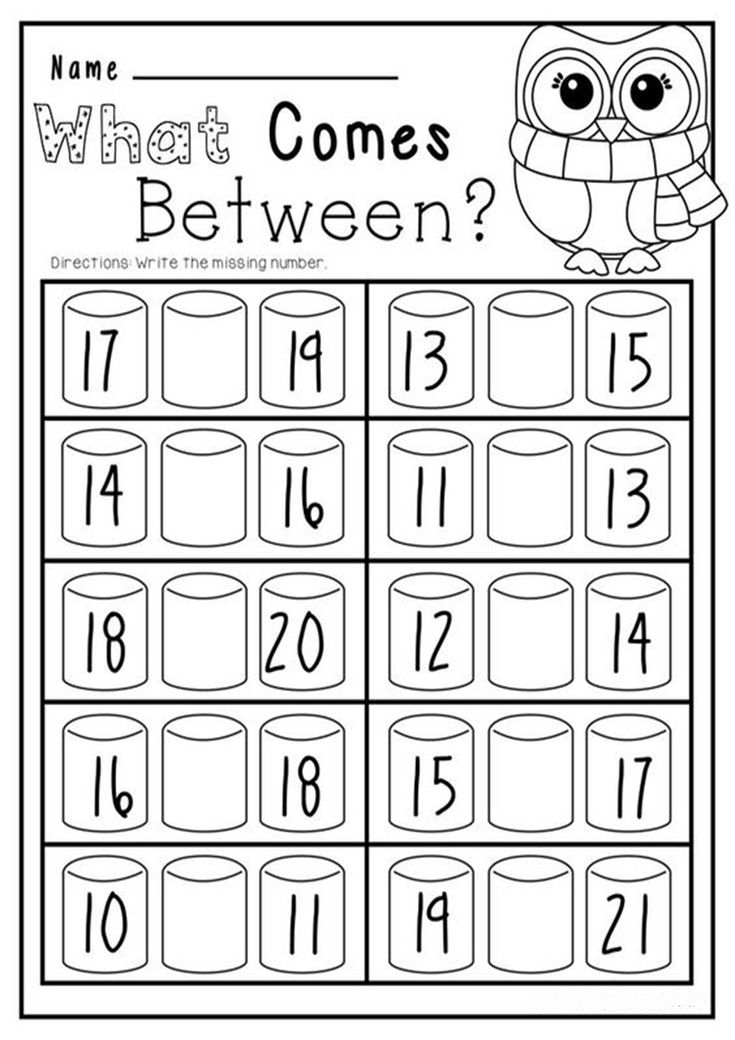 Write a long stick, starting above the middle of the right side of the cage and bringing it to the bottom side of the cage. nine0005
Write a long stick, starting above the middle of the right side of the cage and bringing it to the bottom side of the cage. nine0005
Start writing with an inclined stick a little to the right of the middle of the upper side of the cage and lead it almost to the center of the cage. Then they write a semi-oval. On top of the stick, a wavy line is written to the right.
Begin to write a semi-oval slightly below the upper right corner of the cage, round off, touching the top side of the cage, and move the hand down. Round the line, touching the bottom side of the cage and bring your hand up. Then round the line to the left slightly above the center of the cell.
Start writing a wavy line slightly below the middle of the top side of the cage and bring it to the top right corner of the cage. Then they write a large stick, bringing it almost to the middle of the bottom side of the cage, and then cross it out with a small stick in the middle.
Begin to write a little below and to the right of the middle of the upper side of the cage.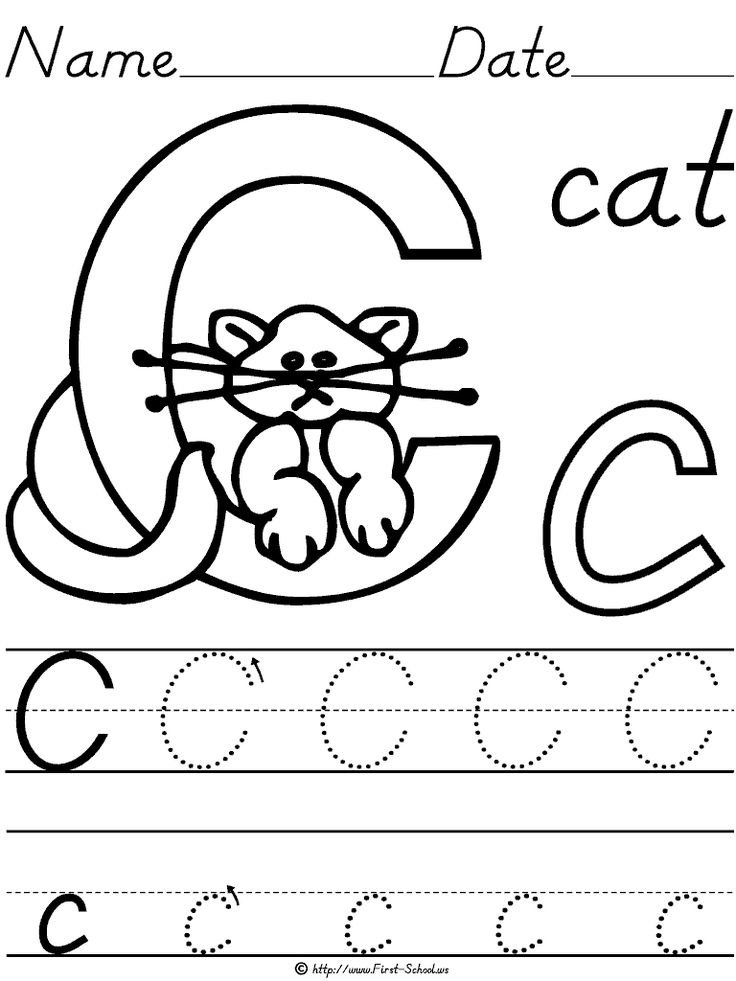 Lead the line up and to the right, round off, touching the top and right sides of the cage. Then they lead the hand down, round the line, touching the bottom side of the cage. Further, rounding, the line goes up to the starting point. nine0005
Lead the line up and to the right, round off, touching the top and right sides of the cage. Then they lead the hand down, round the line, touching the bottom side of the cage. Further, rounding, the line goes up to the starting point. nine0005
Start writing a little below the upper right corner of the cell. In the upper right corner of the cell, the line is rounded off and the hand is led down to the center of the cell. Here the line is again rounded and led up to the beginning of the oval. Then they lead the hand down, rounding at the middle of the bottom side of the cage.
The oval begins to be written slightly to the left of the upper right corner of the cell. Lead the line down, rounding in the middle of the bottom side of the cage. Then they lead the hand up to the beginning of the oval.
Numbers
In the "Recipe" section, you can download methodological materials for the development of writing skills for schoolchildren and preschoolers for free.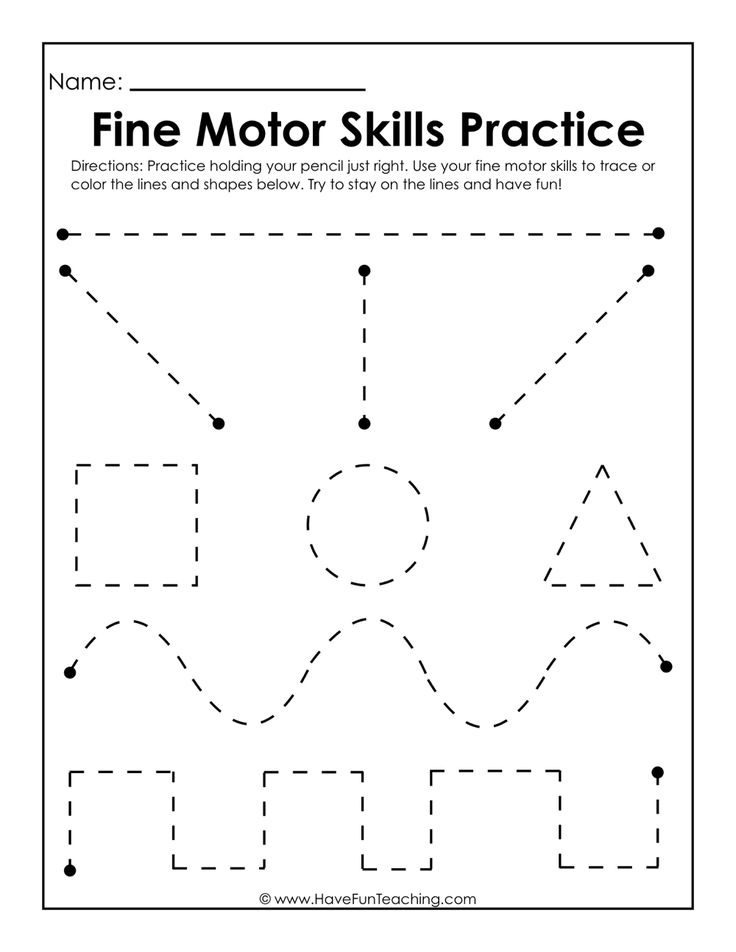 Also, with the help of copybooks, you can correct your own handwriting or learn to write in a different handwriting.
Also, with the help of copybooks, you can correct your own handwriting or learn to write in a different handwriting.
1 | | | |
Yu. Astapova
Recipes are designed to prepare preschool children for writing in a notebook. Tasks will help develop fine motor skills and hand coordination, form graphic skills and imagination of the child. Recipes will help children learn to navigate on a sheet of paper in a narrow oblique ruler, tasks will develop visual perception, logical thinking. You can work on these recipes both individually and in a group. nine0005
N.V., Masberg
Here are some recipes that will help your child train the small muscles of the hand and achieve proper coordination of the fingers when writing.
The material in the recipes is presented in the form of exciting tasks for attentiveness, accuracy and coordination of movements. The kid must learn to draw various curly and continuous lines evenly and beautifully, and try not to tear the pencil off the paper.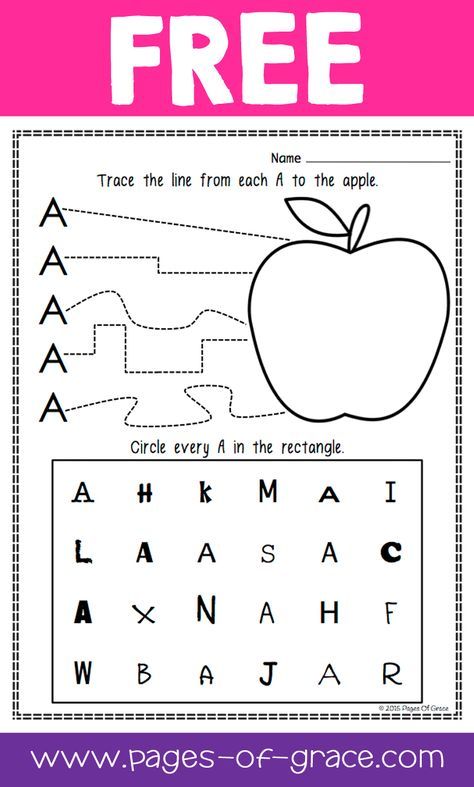 Performing such tasks, he will learn to trace accurately along a dotted line, easily master the first skills of writing and drawing, and gain dexterity when working with a pen and pencil. nine0005
Performing such tasks, he will learn to trace accurately along a dotted line, easily master the first skills of writing and drawing, and gain dexterity when working with a pen and pencil. nine0005
Astapova Yu.
Recipes are designed to prepare preschool children for learning to write.
Notebook assignments introduce the child to the configuration of the letters of the Russian alphabet. Children memorize the name of the letters and their configuration, learn to enter the shape of the letter into the working line, observing its proportions, write letters at an equal distance from each other, start work at the beginning of the line on the left, observe the size of the line, and use the hygienic rules of writing.
Dragonfly
Coloring book designed to help develop fine hand muscles and proper finger coordination when writing in young children. By completing tasks, the child will master the first skills of drawing, writing, tracing, and also learn to think and fantasize.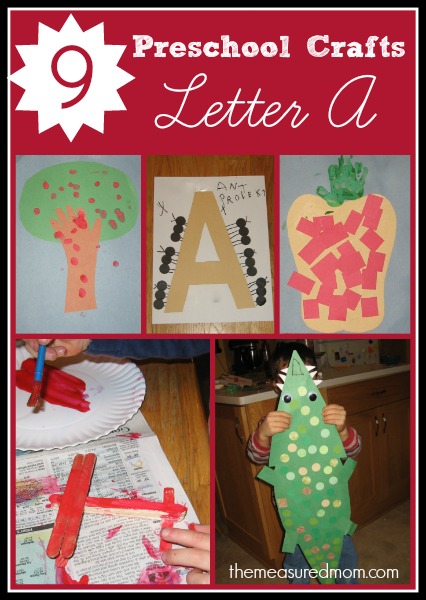 For primary school students.
For primary school students.
Trifonova N.M., Romanenko E.V.
Recipe - special albums and manuals for training the correct spelling of letters and preparing the hand of a preschooler for writing. If earlier we, parents, knew copybooks only at school (these were notebooks in which first-graders learned to write letters accurately), now you can find special prescriptions for kids and preschoolers. Recipes for children: shapes, numbers, letters teach kids to write beautifully and train their hand. nine0005
There are recipes that are designed for a certain age of the child. On the shelves of shops you can find recipes for children 3-4 or 5-6 years old.
In this article, I have prepared for you sets of prescriptions that you can download for free and print yourself. You can save the pictures you want and give your child a new copybook every day.
Prescriptions for babies
Do you think that prescriptions are only for preparation for school? This is not entirely true.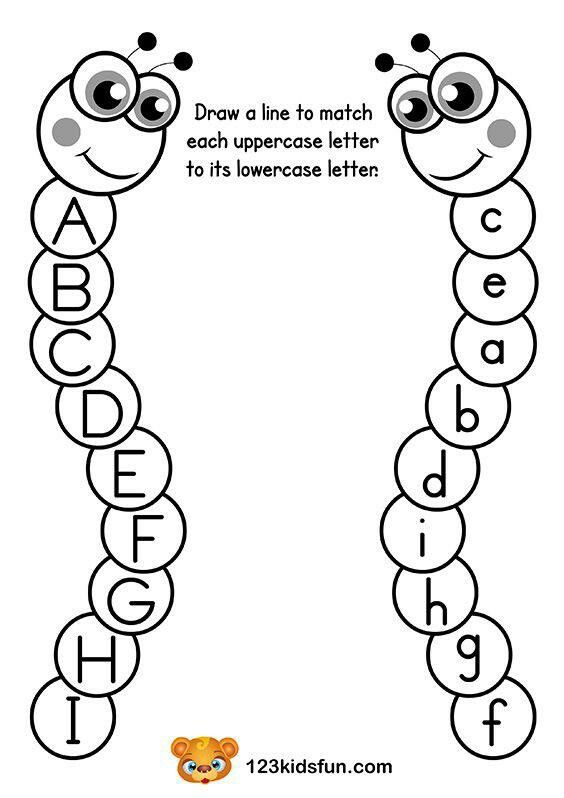 Small children can outline or dot simple pictures or large letters. These are recipes for kids. There is almost no text in such copybooks, because the child cannot yet read. But they are very large, and the pictures are funny. Why not invite the kid to circle the cheerful cockerel by dots or color the duckling. nine0005
Small children can outline or dot simple pictures or large letters. These are recipes for kids. There is almost no text in such copybooks, because the child cannot yet read. But they are very large, and the pictures are funny. Why not invite the kid to circle the cheerful cockerel by dots or color the duckling. nine0005
Children of 4-5 years old can be offered to play with - these are also original recipes. In such prescriptions you will not find numbers or letters, they are still difficult for the baby. But tasks for logic or accuracy of movements will be required. By tracing figures, drawing curves and even lines, the child masters a pen or pencil, learns to press and draw without tearing off the paper.
Among the recipes for kids, a special group of recipes can be distinguished - these are hatching . They are drawings that need to be filled in with straight or dotted lines, depending on the task. nine0005
Prescriptions for children 5-6 years old
For children 5-6 years old, prescriptions will be with more complex tasks.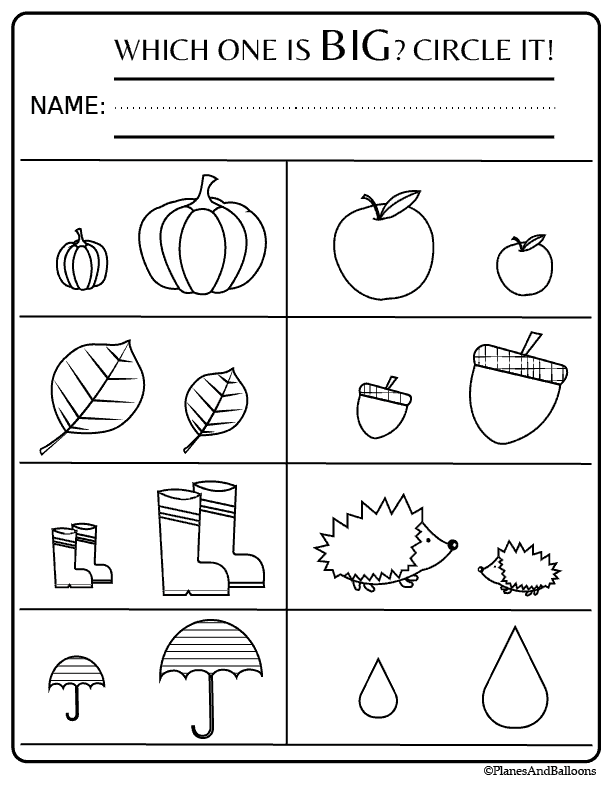 They include printed and written letters, as well as sticks, hooks and other parts from which written letters are built. But the dotted lines in these prescriptions are preserved. On them, the child circles the letters, learns to draw a line evenly and without interruption. It is better to trace the letters in the copybook with a good pen, because when working with a pencil, the child can press the pencil too hard, and this will tire the hand. nine0005
They include printed and written letters, as well as sticks, hooks and other parts from which written letters are built. But the dotted lines in these prescriptions are preserved. On them, the child circles the letters, learns to draw a line evenly and without interruption. It is better to trace the letters in the copybook with a good pen, because when working with a pencil, the child can press the pencil too hard, and this will tire the hand. nine0005
Using such recipes, the child will not only get acquainted with the letters of the Russian alphabet, but will also begin to remember them better, and also learn how they are written in writing. Also in prescriptions for preschoolers, numbers are often found. A preschooler learns numbers and counting.
Recipes for children 5-6 years old can be conditionally divided into:
- ALFAVIT prescriptions,
- copy-book NUMBERS.
Copybooks for schoolchildren
In order for a child to learn to write beautifully, and his handwriting to be preserved and not deteriorated, you need to do a lot.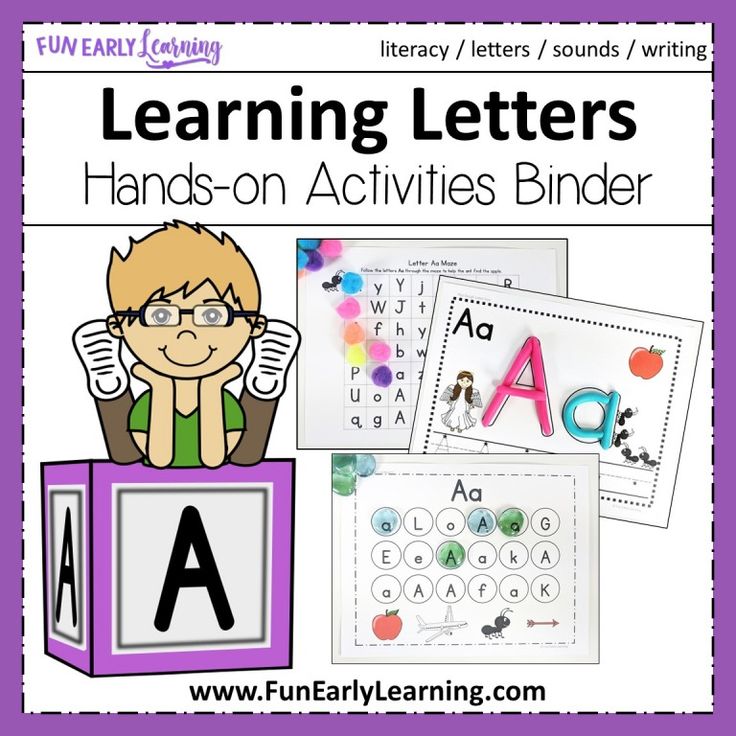 At school, teachers do not attach much importance to the correct position of the hand while writing and handwriting. But parents can try to work with the child themselves with the help of special recipes for schoolchildren. nine0005
At school, teachers do not attach much importance to the correct position of the hand while writing and handwriting. But parents can try to work with the child themselves with the help of special recipes for schoolchildren. nine0005
Calligraphy is a good skill that every child can learn. Download and print copybooks and practice writing beautiful letters with a student. B
Note that there are no pictures or shading in these recipes. Basically, these recipes are aimed at training good beautiful handwriting.
During class, pay attention to how the student holds the pen, how he draws lines. Make sure that the child writes letters without tearing off the paper. Do not scold the child if he immediately fails to write beautiful letters. Make sure that the child begins to write the letter from the right point, and not the way he likes. For example, they begin to write the capital letter P from the bottom up. Follow this. Now in many copybooks there are even arrows and dots - landmarks for children.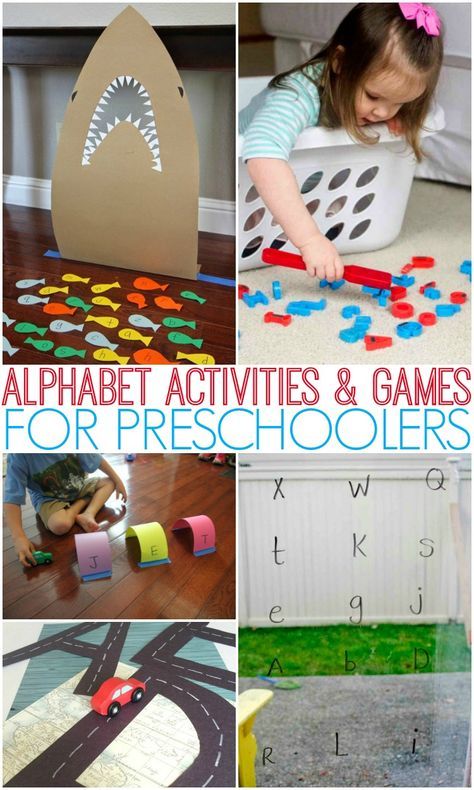

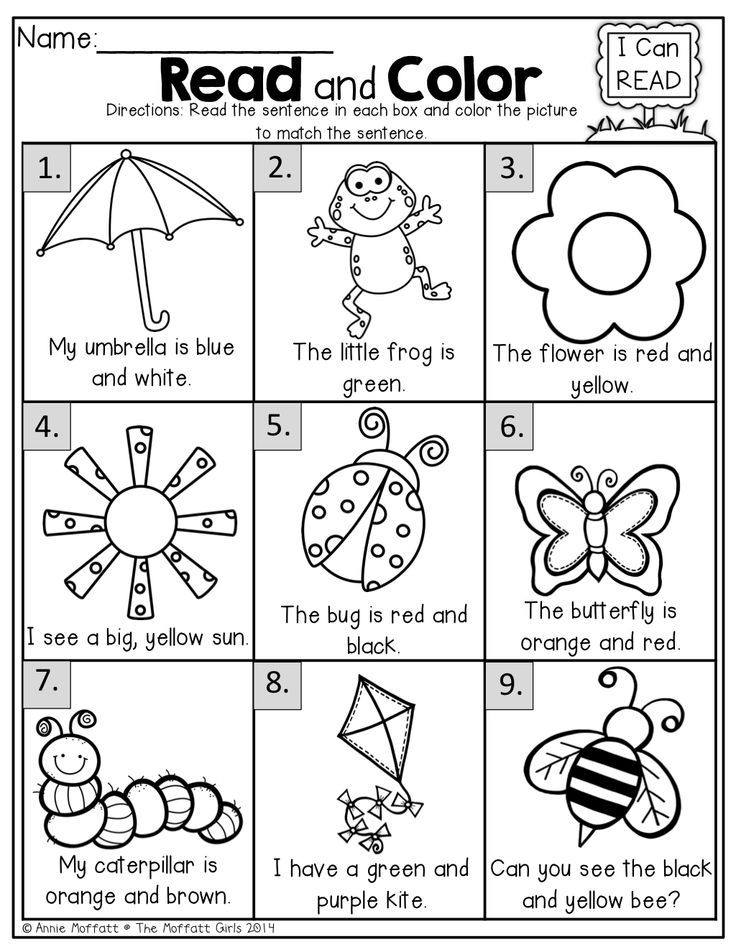 They will help to check not only the child's mastery of writing, but also the development of his phonemic hearing, the ability to translate the sound image of a letter, syllable, word into a graphic written image. nine0005
They will help to check not only the child's mastery of writing, but also the development of his phonemic hearing, the ability to translate the sound image of a letter, syllable, word into a graphic written image. nine0005 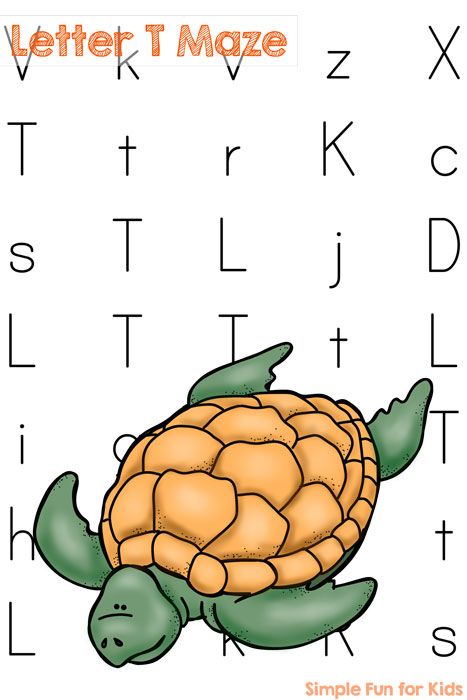
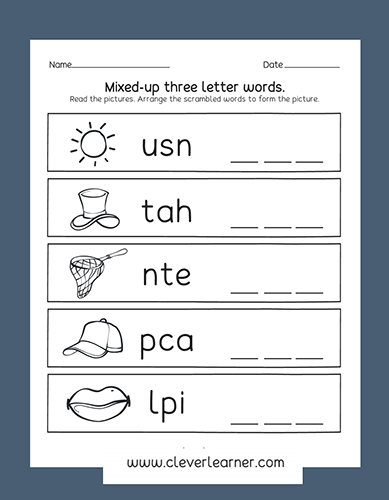 I could do it myself, but I’m afraid to spill it, and yet you’ve been wearing cups for thirty-three years.”
I could do it myself, but I’m afraid to spill it, and yet you’ve been wearing cups for thirty-three years.” 